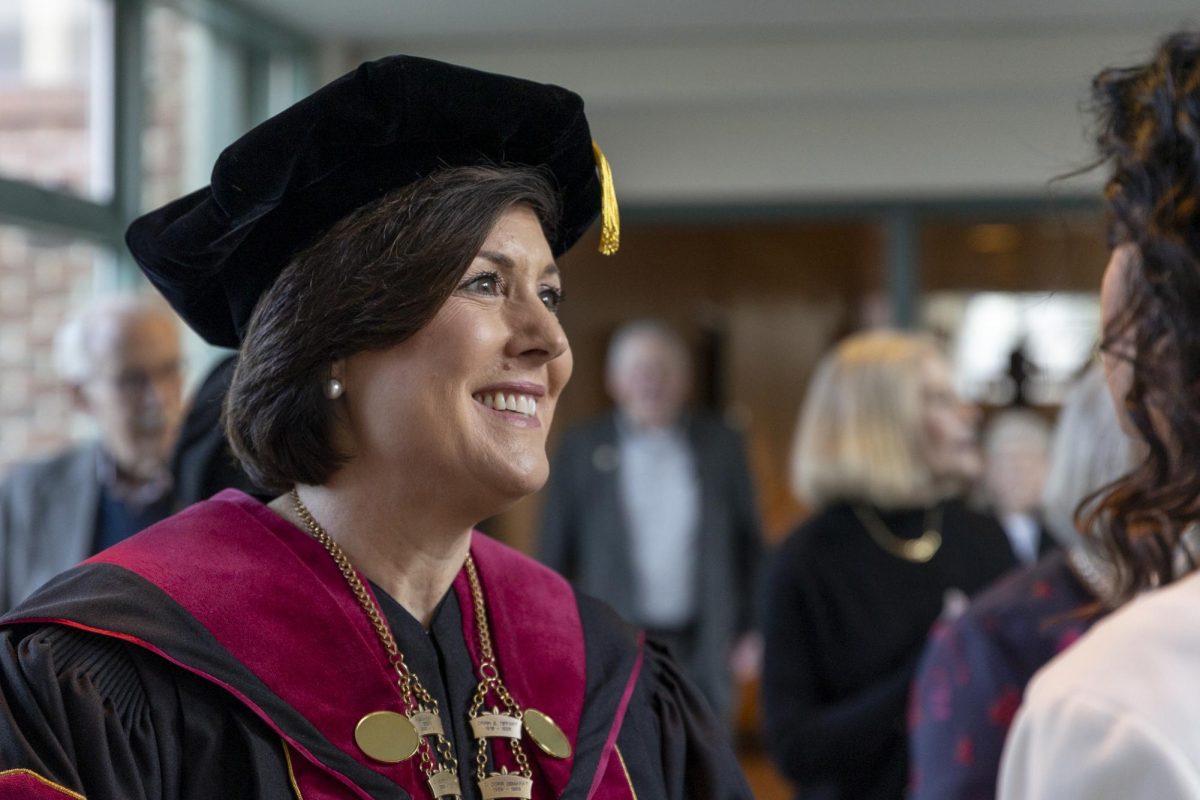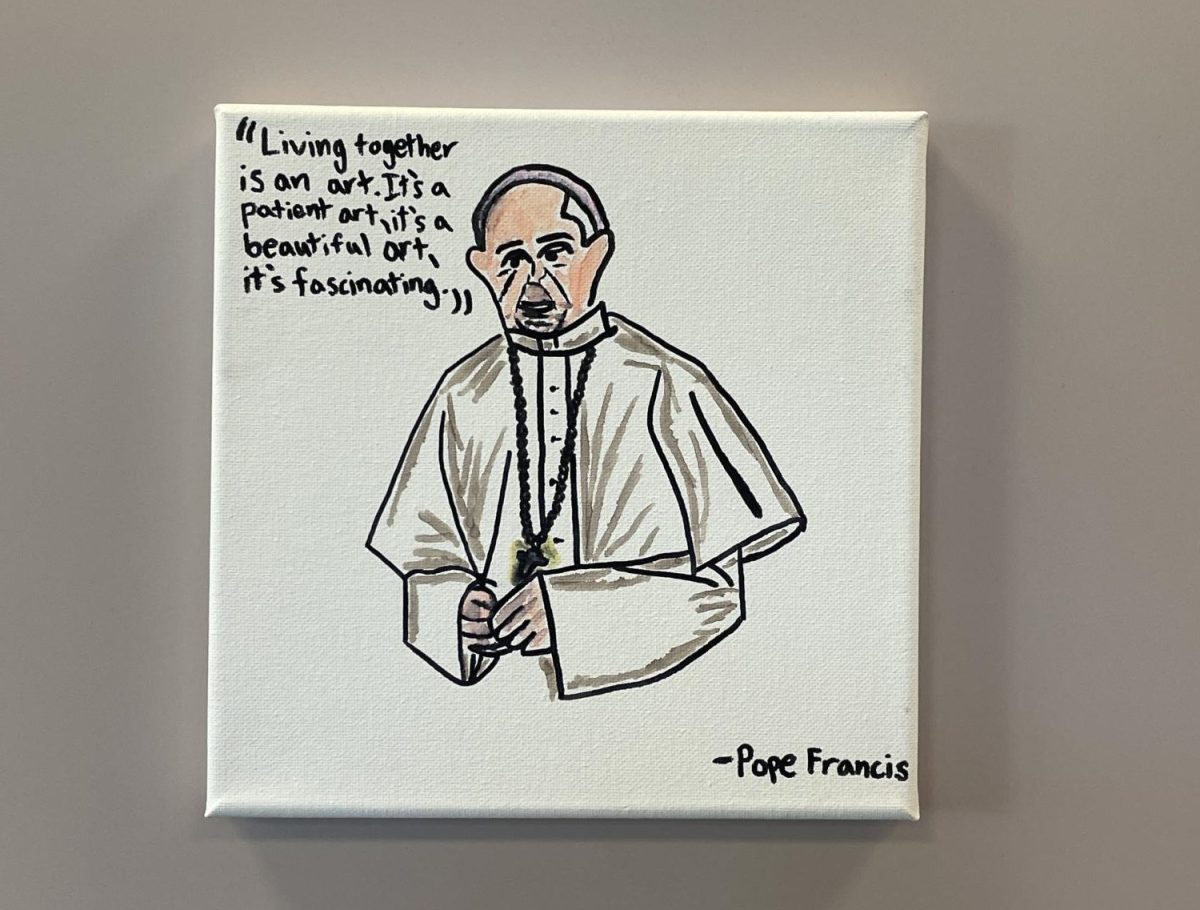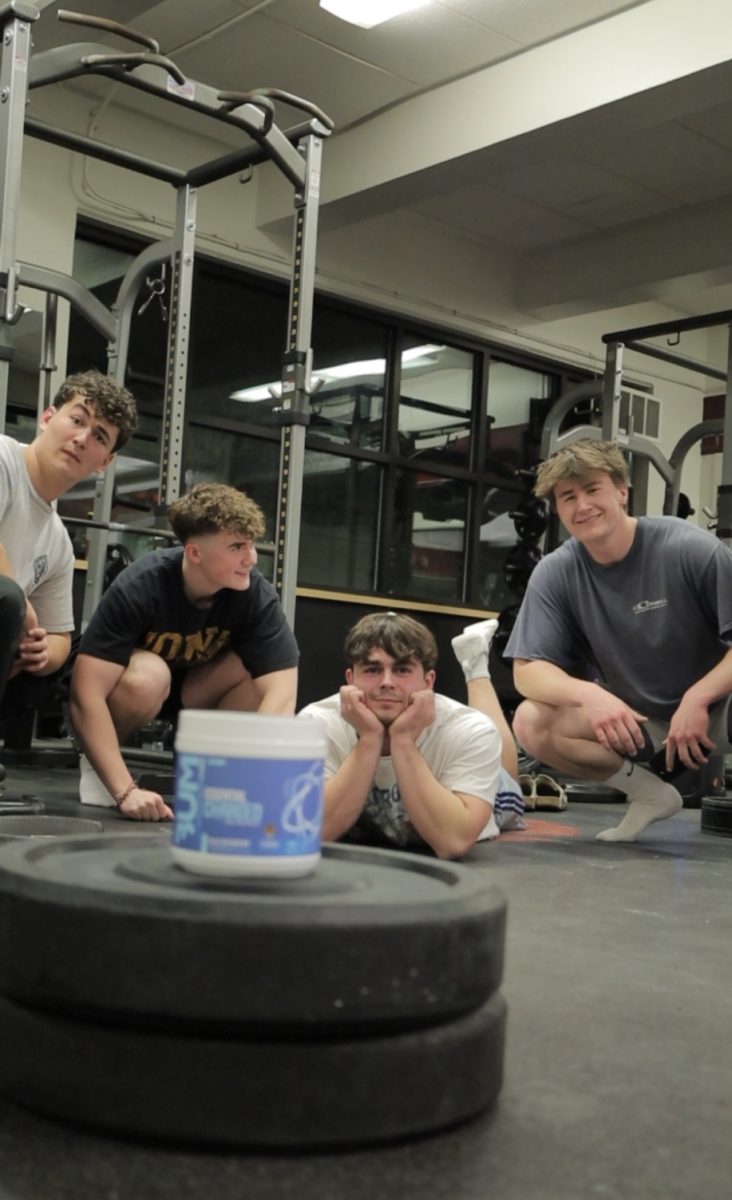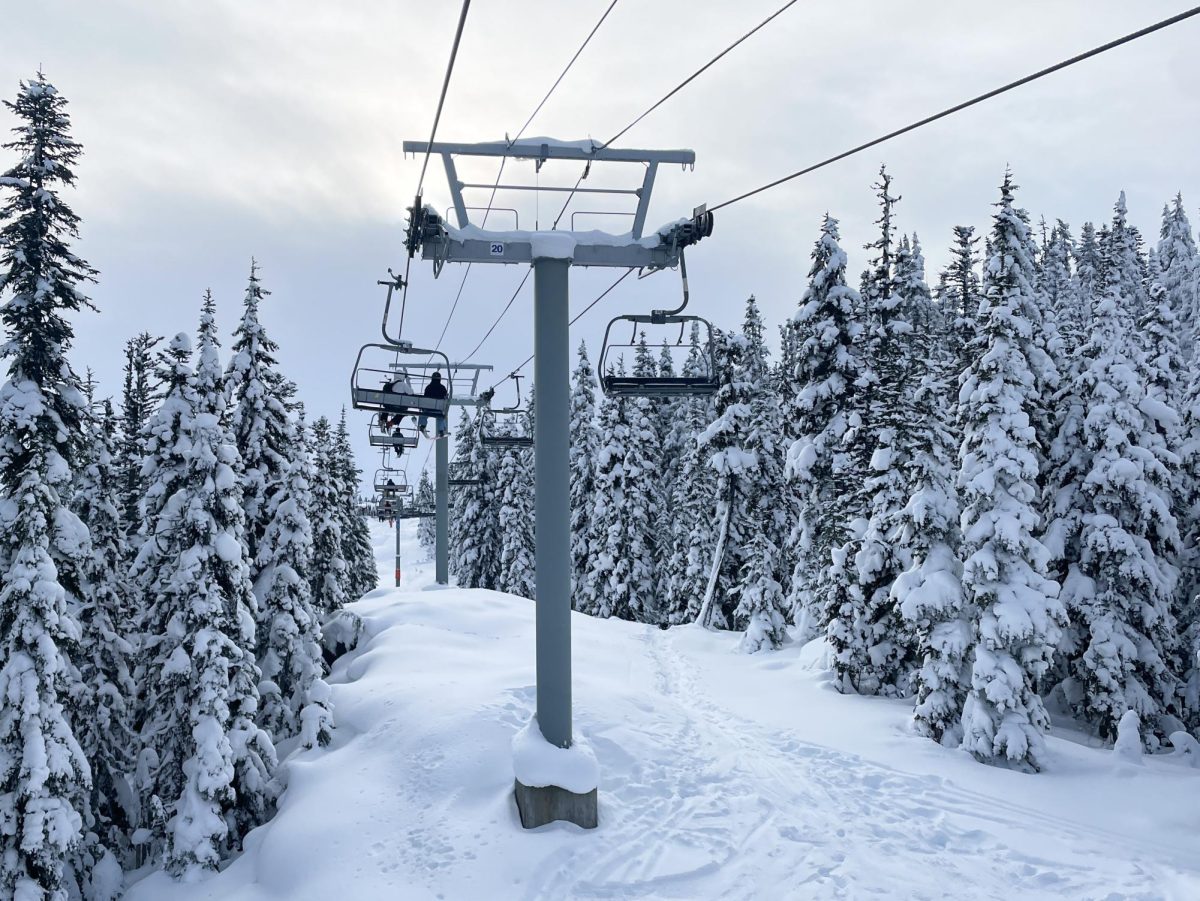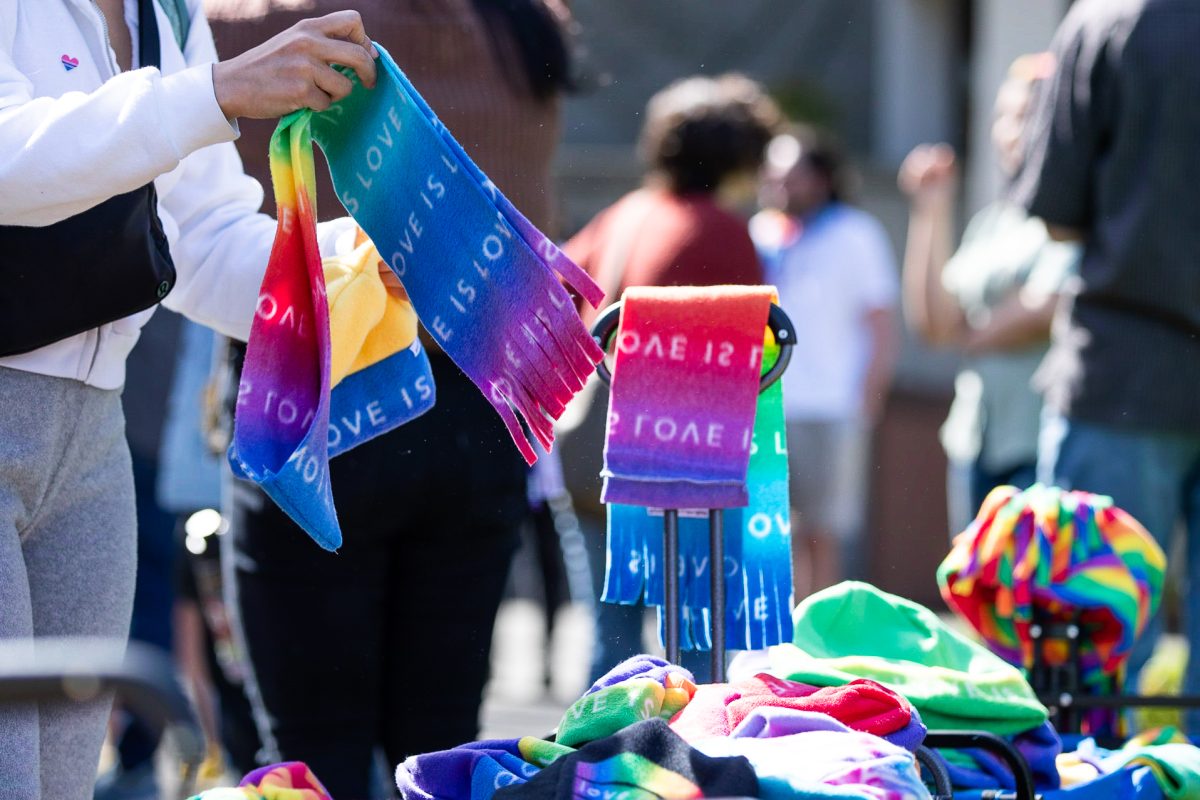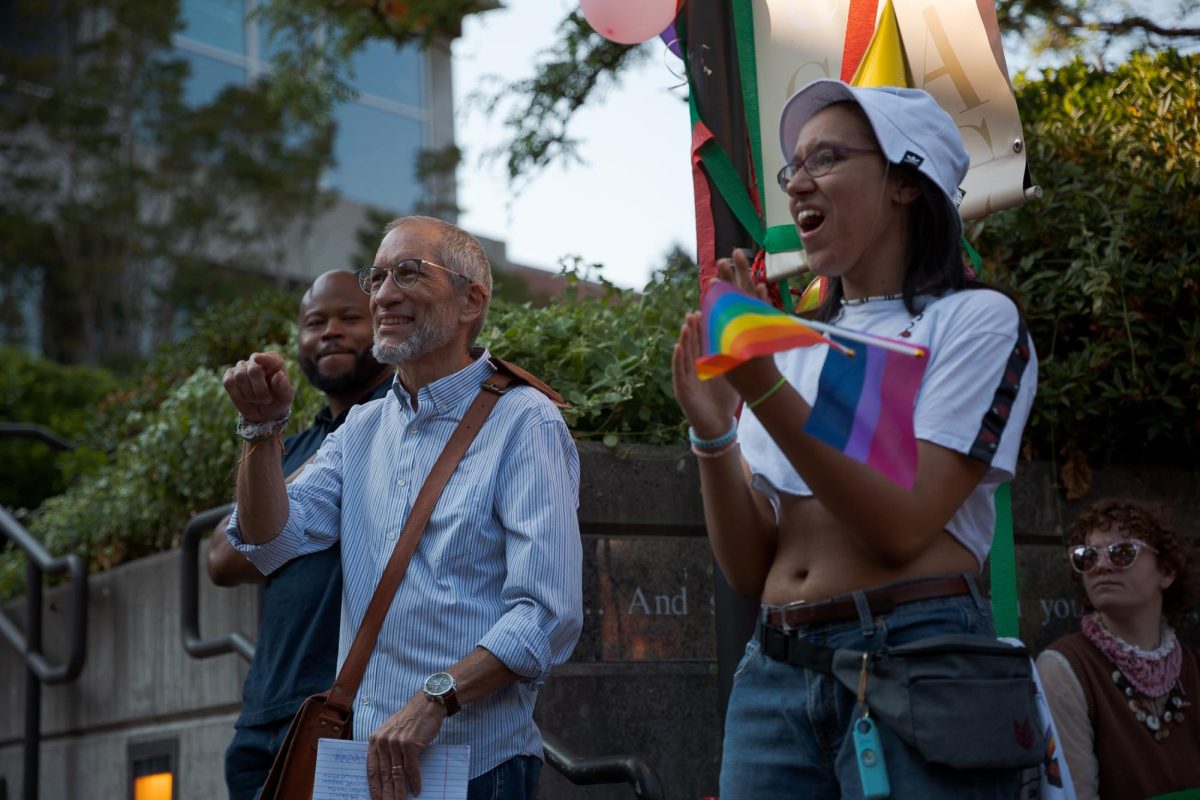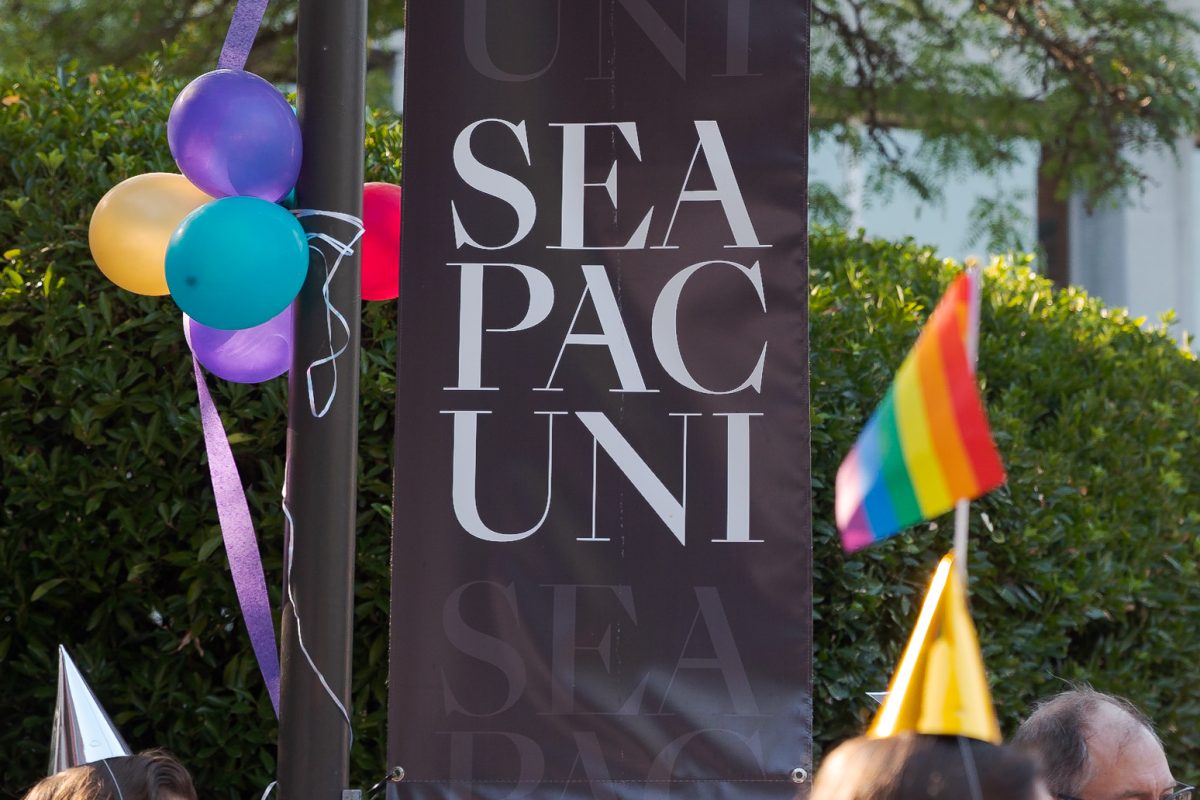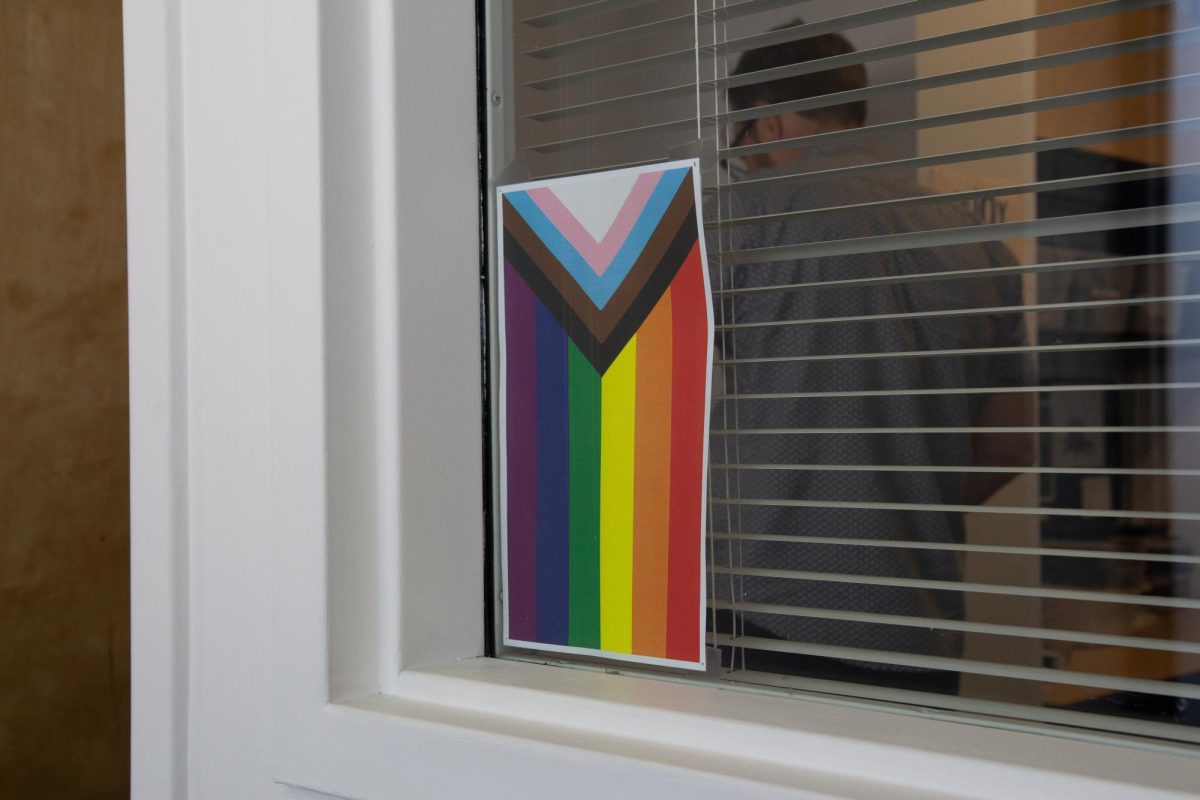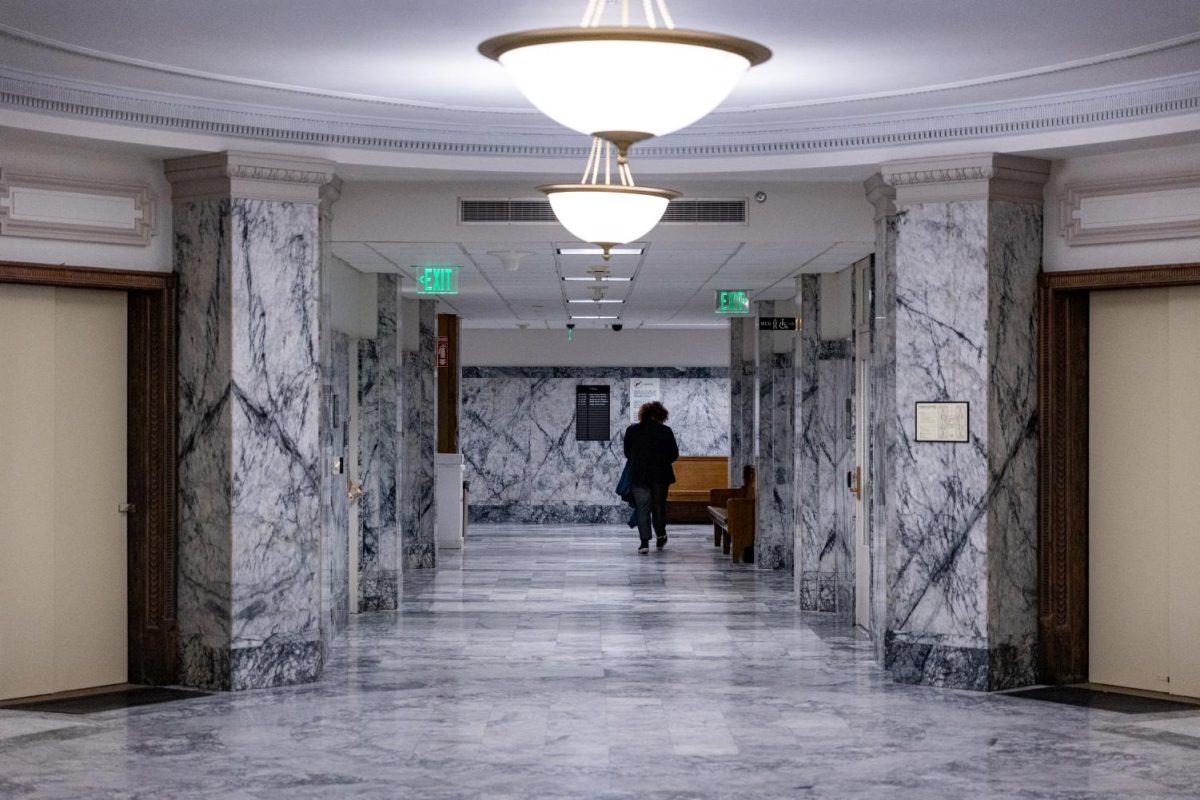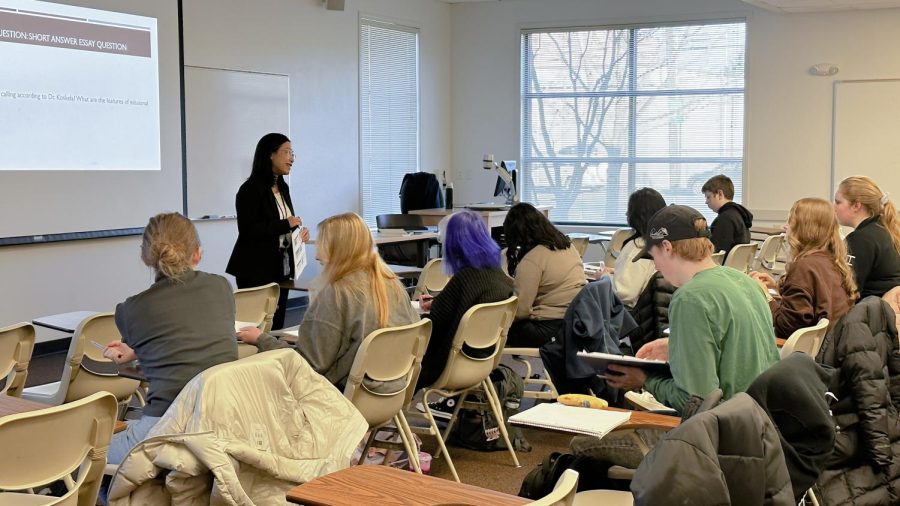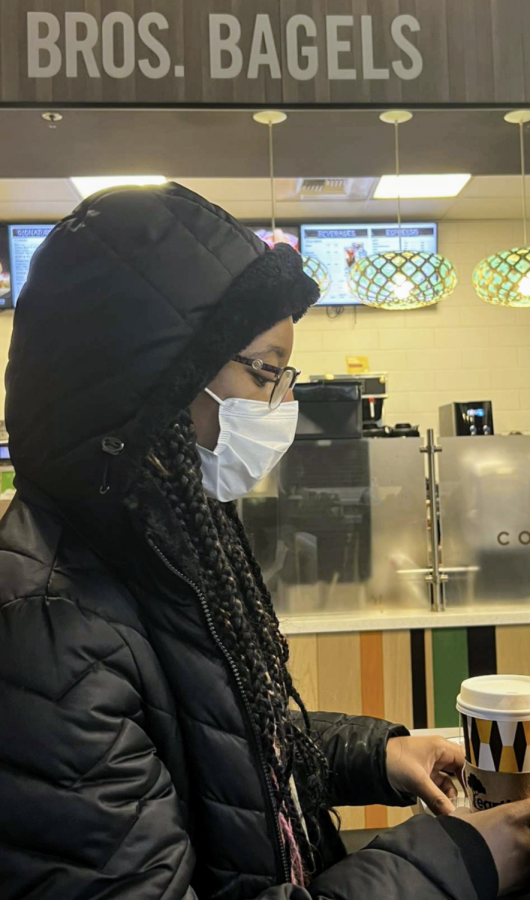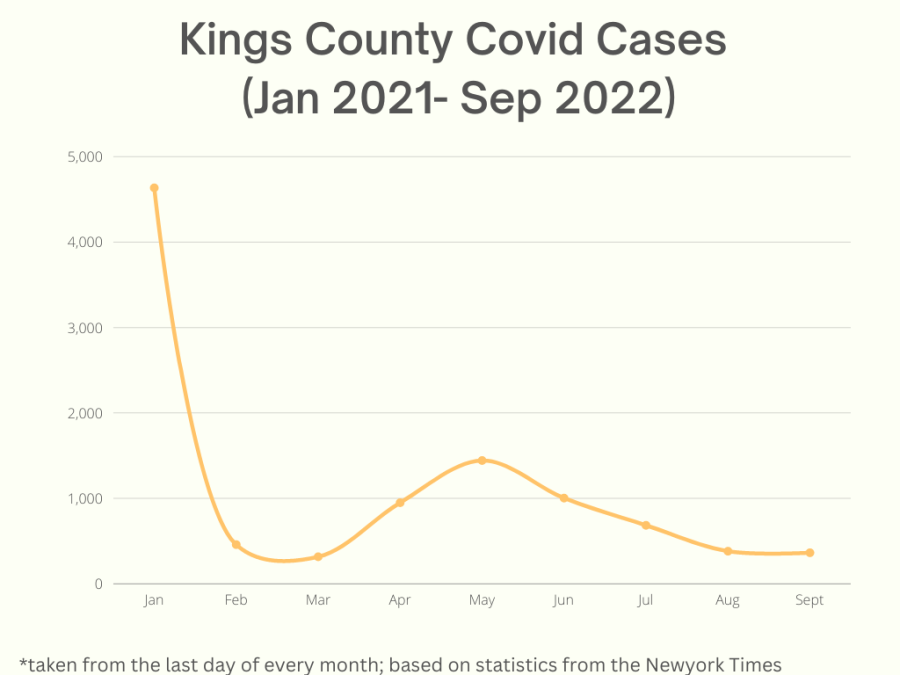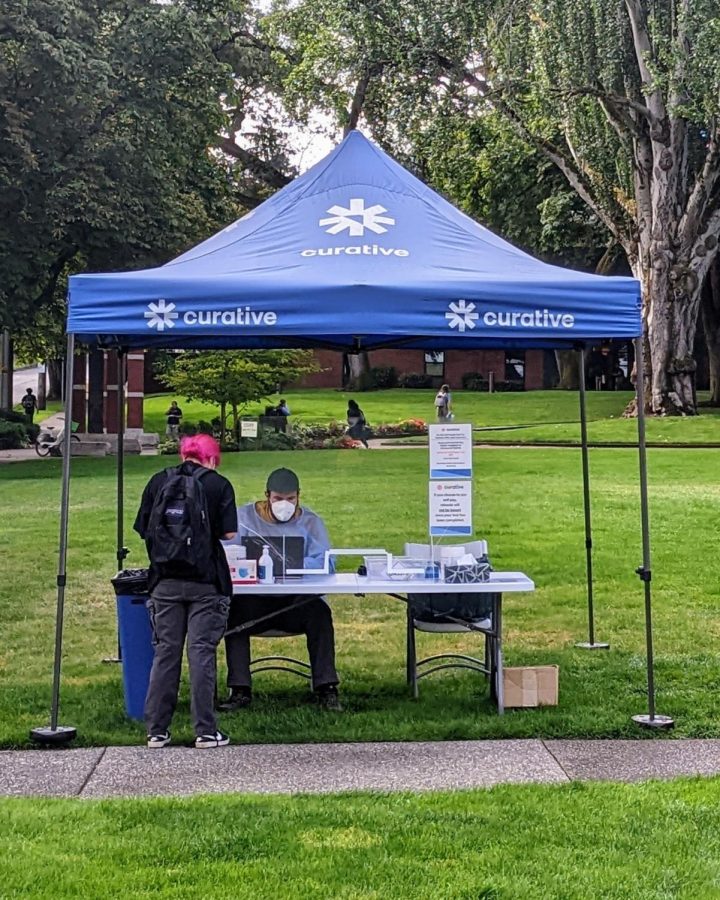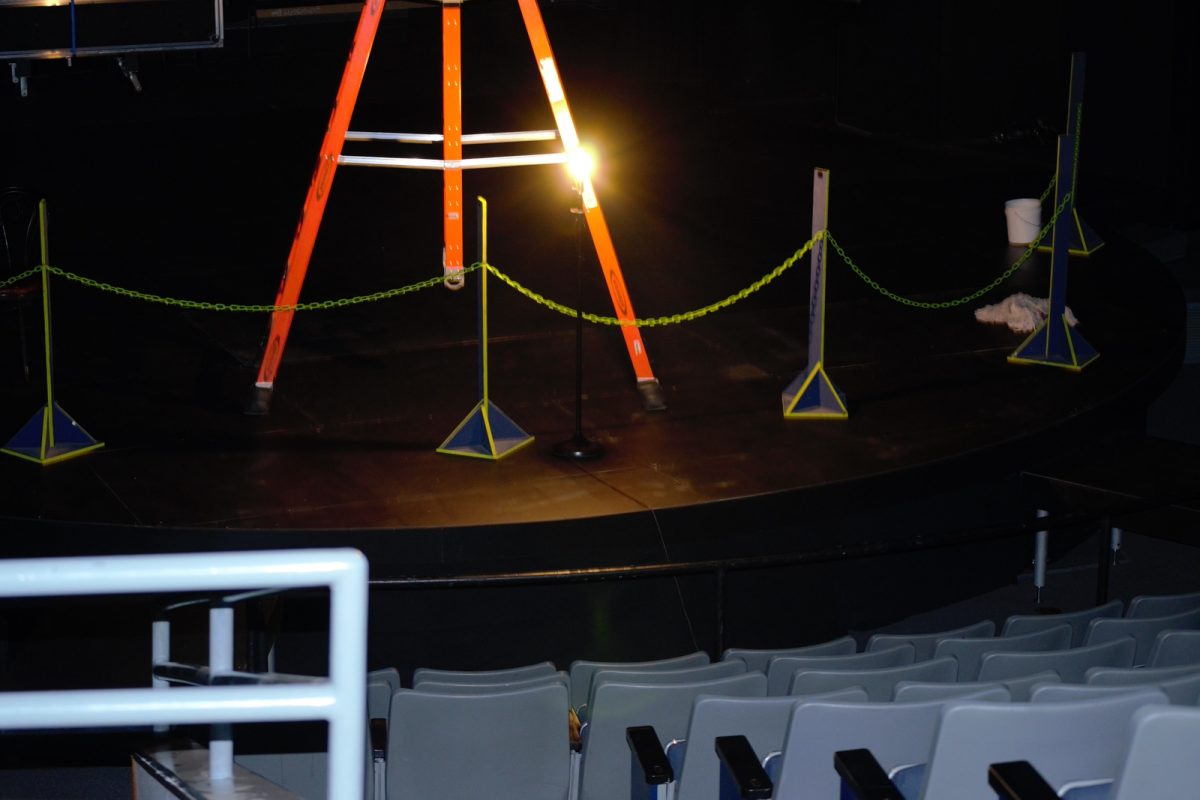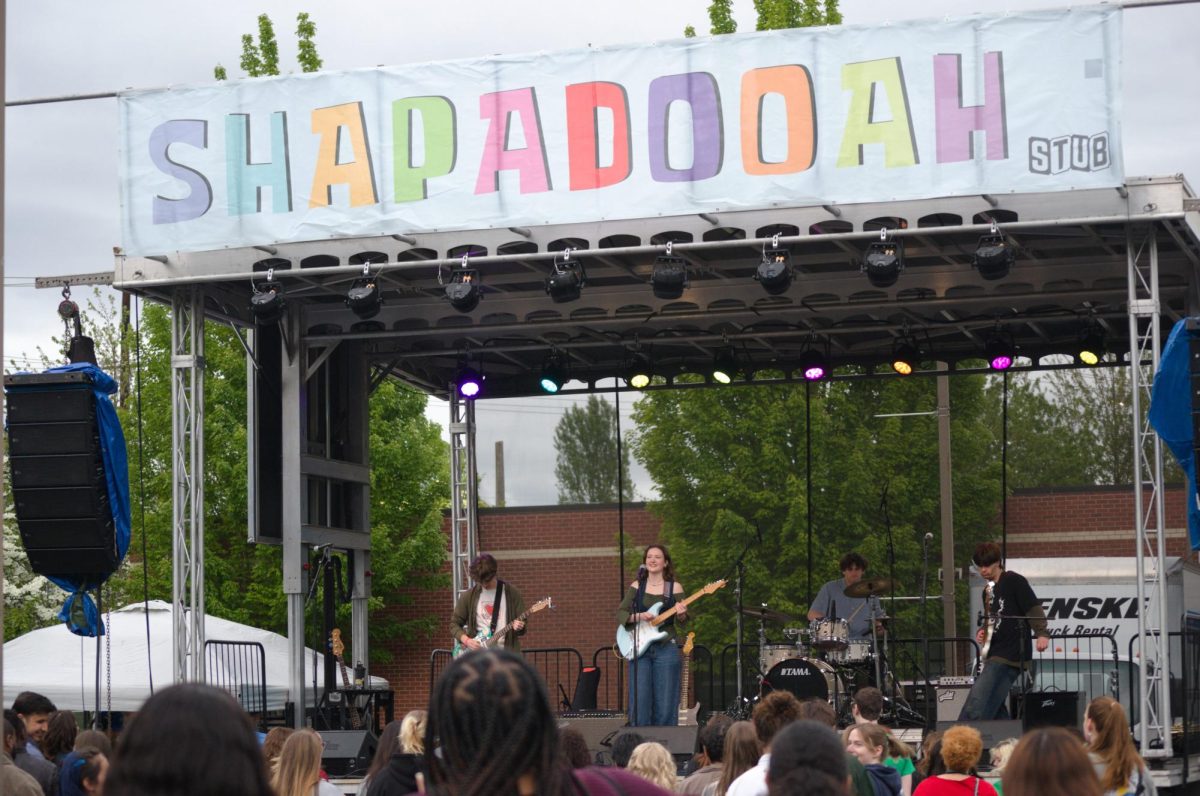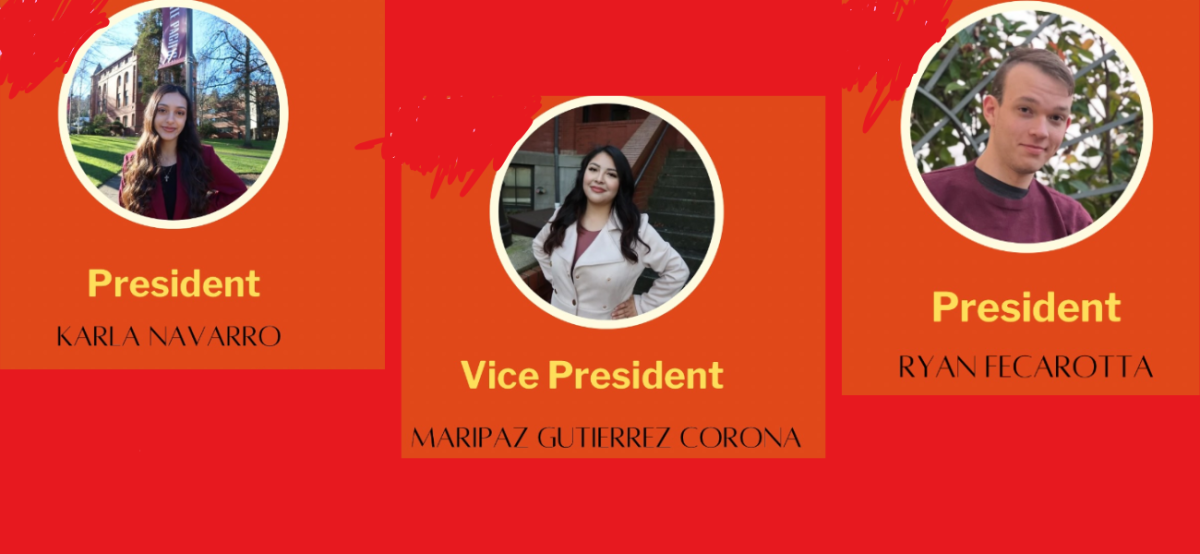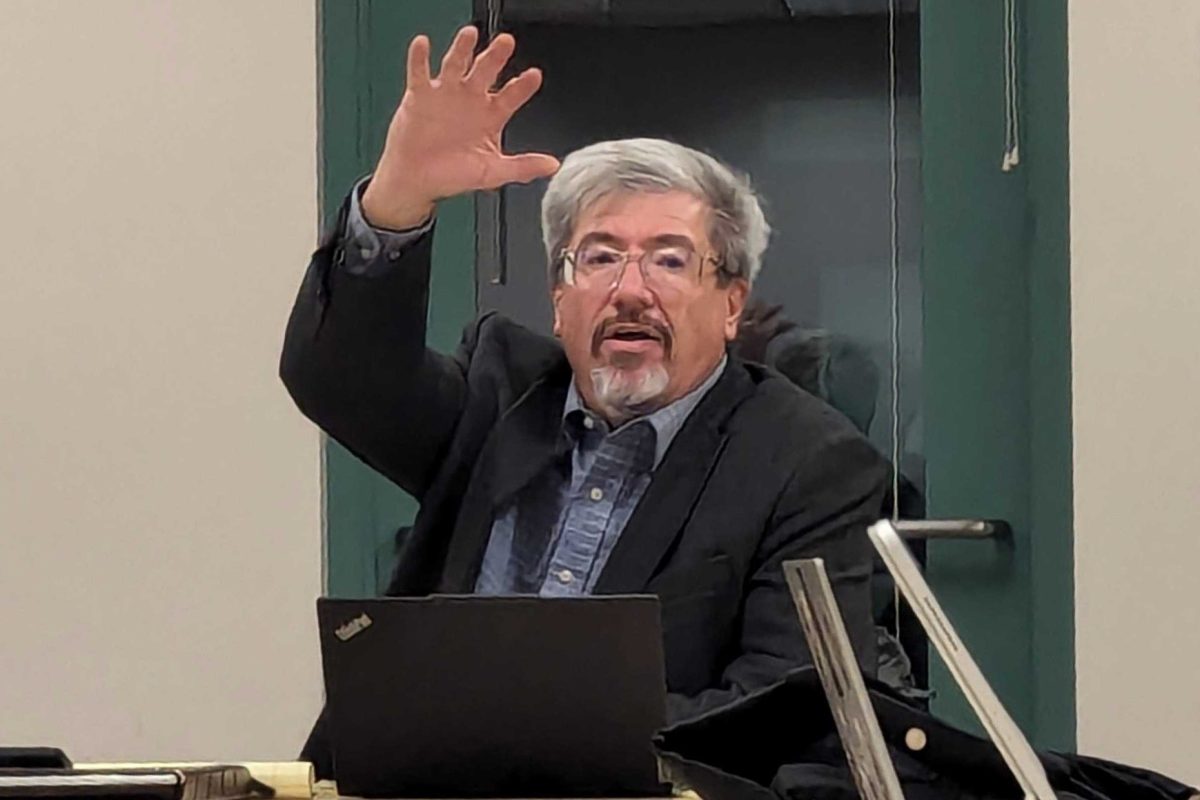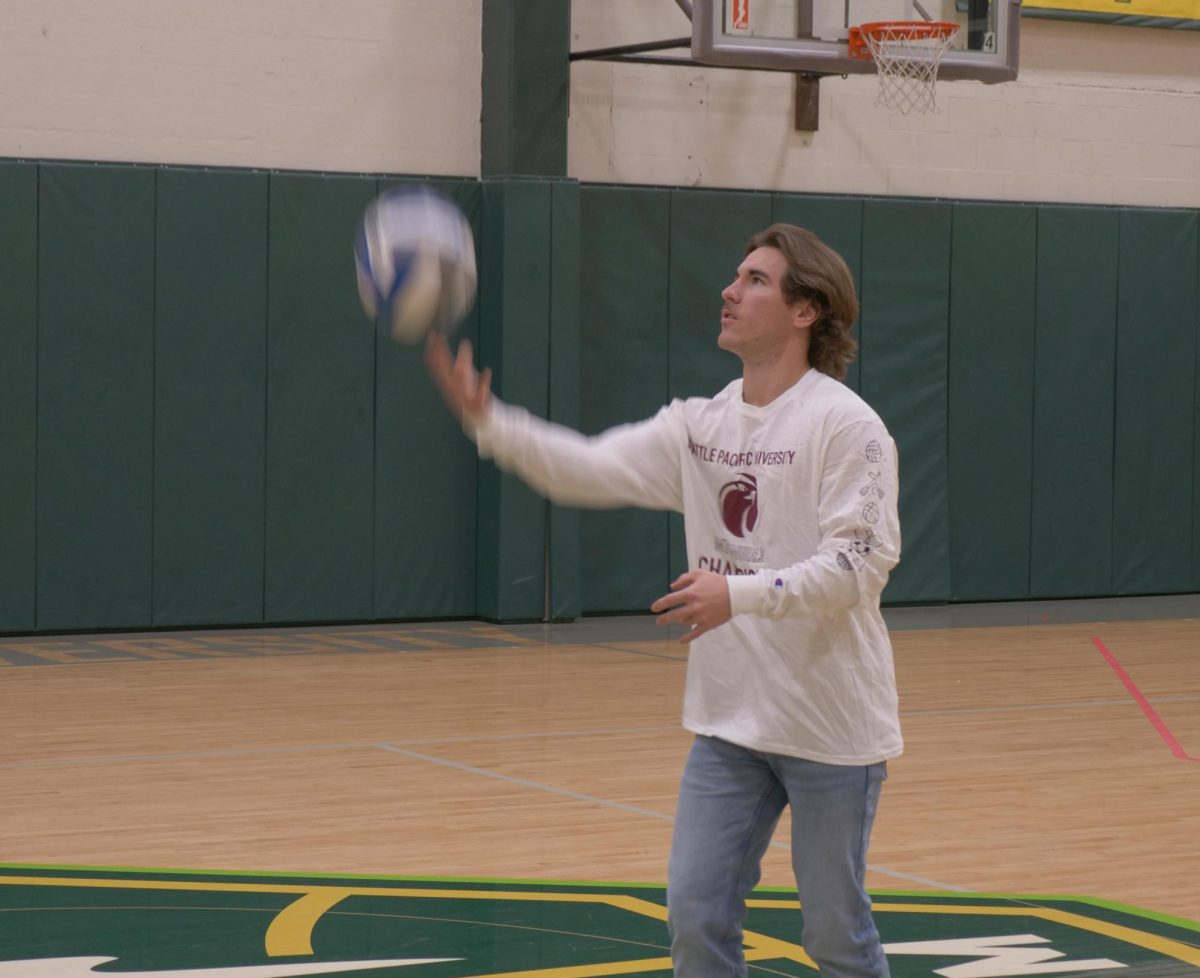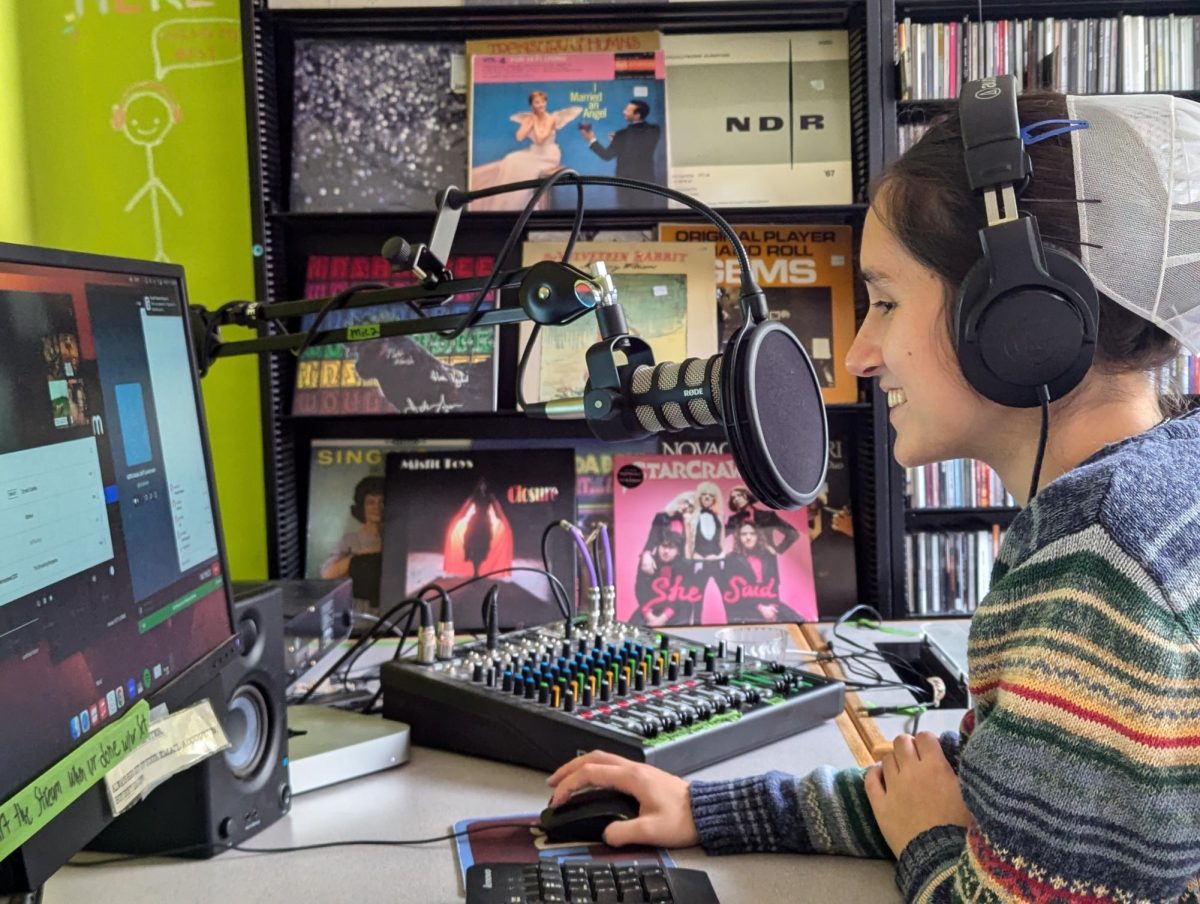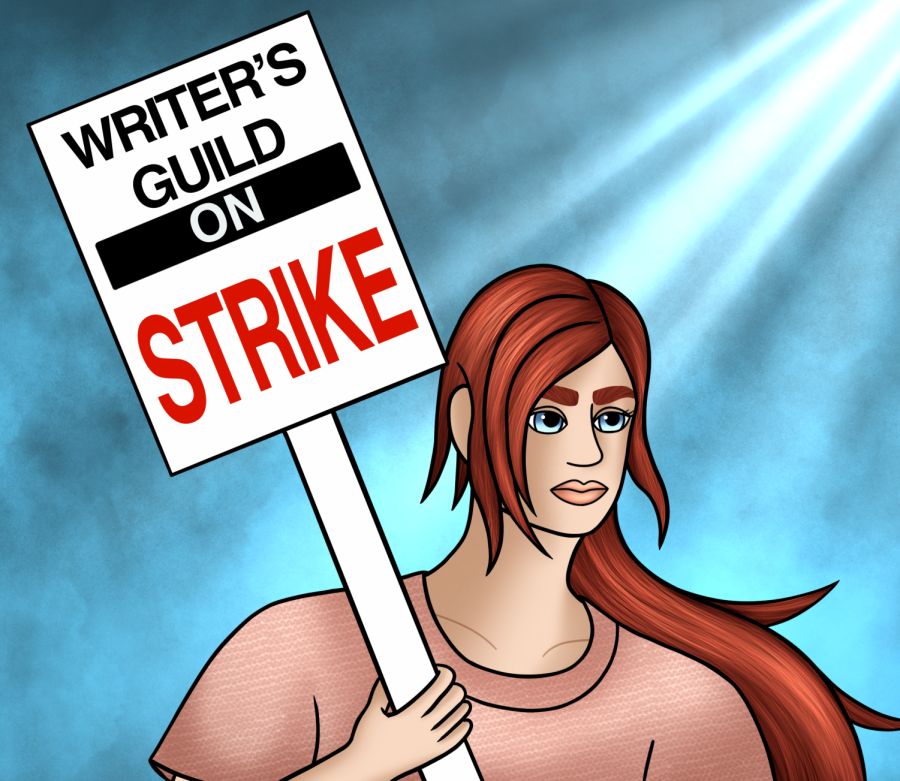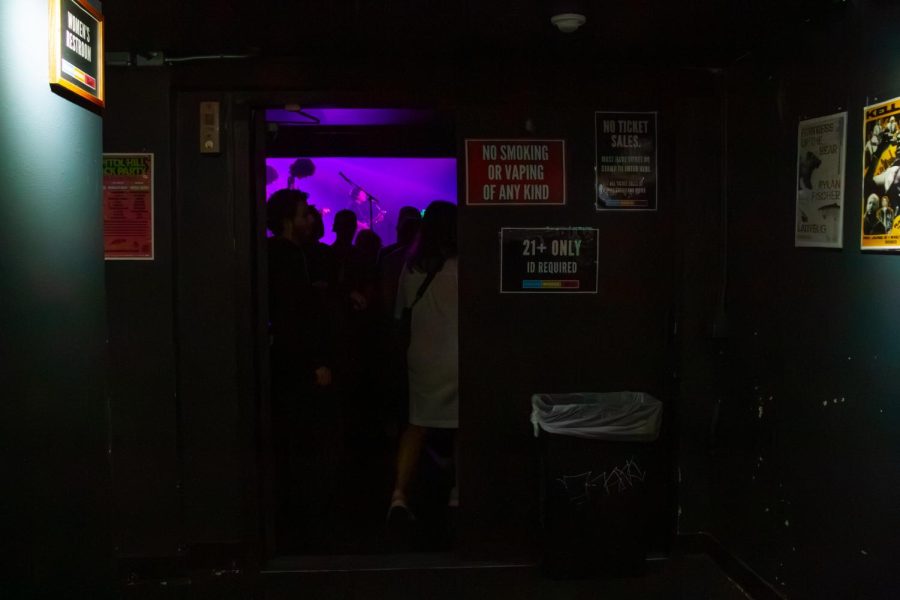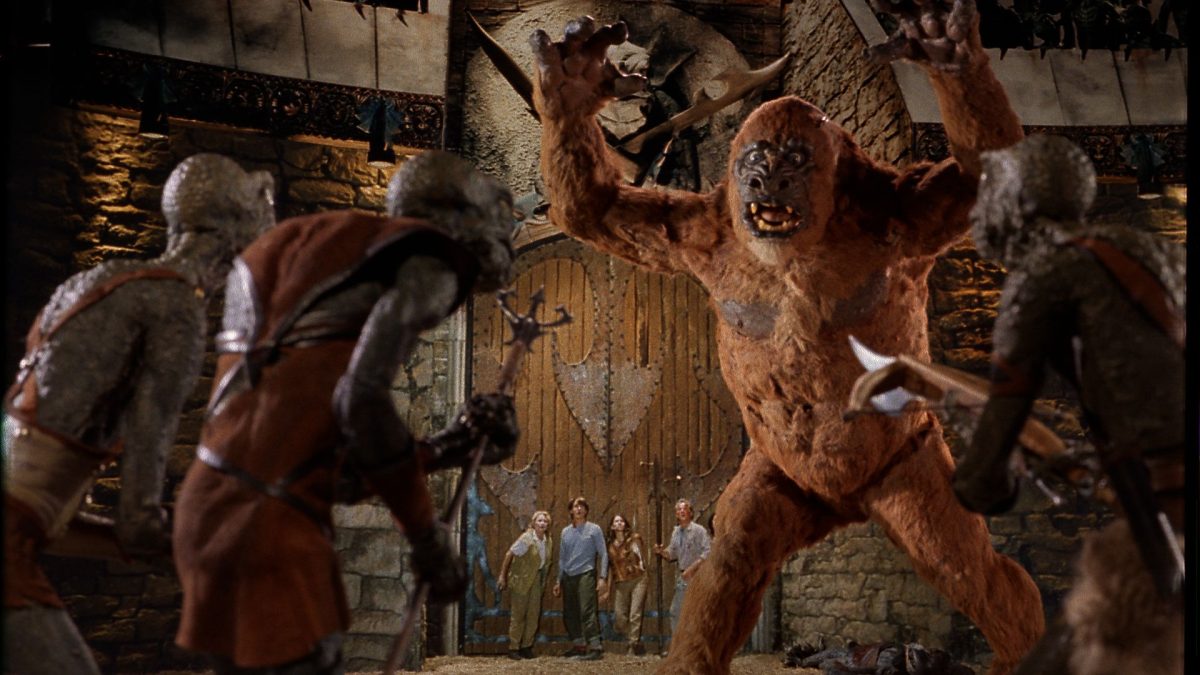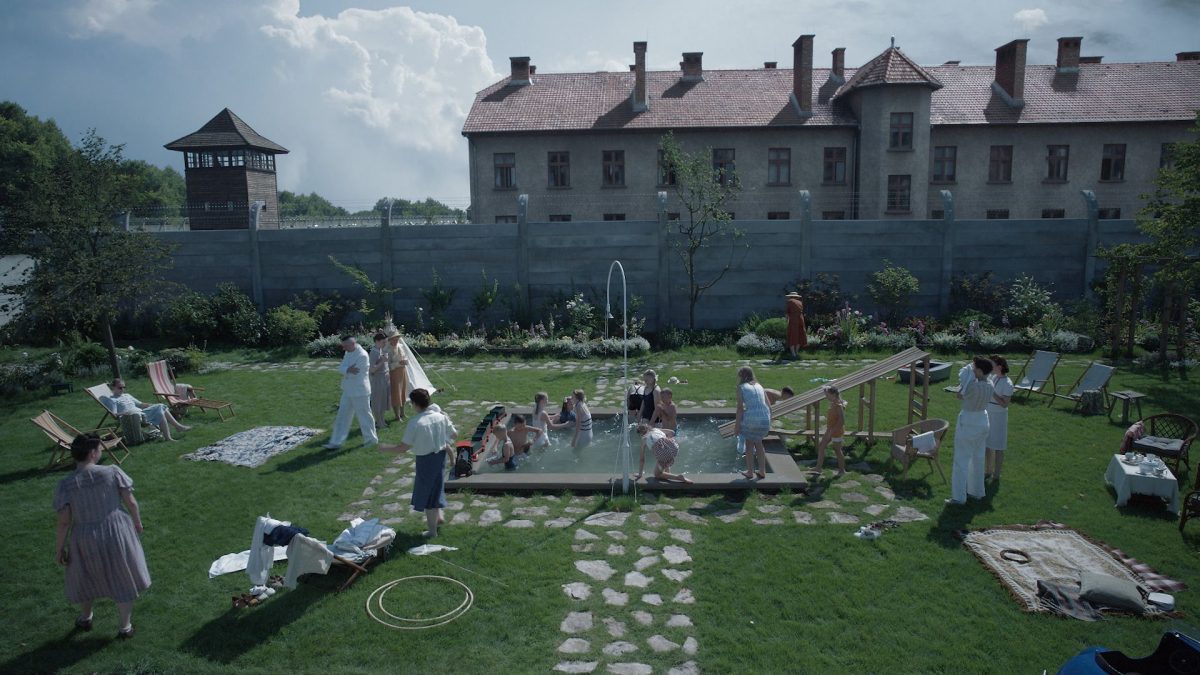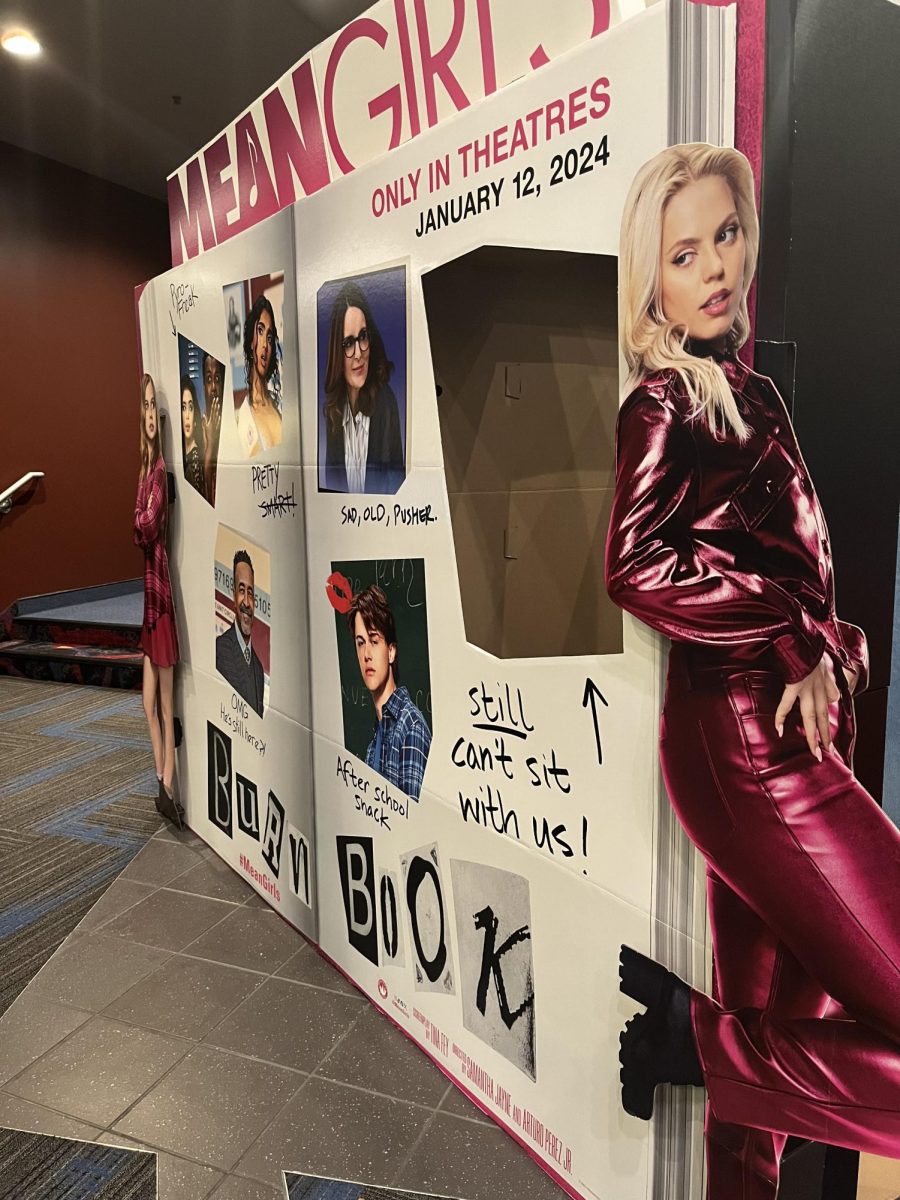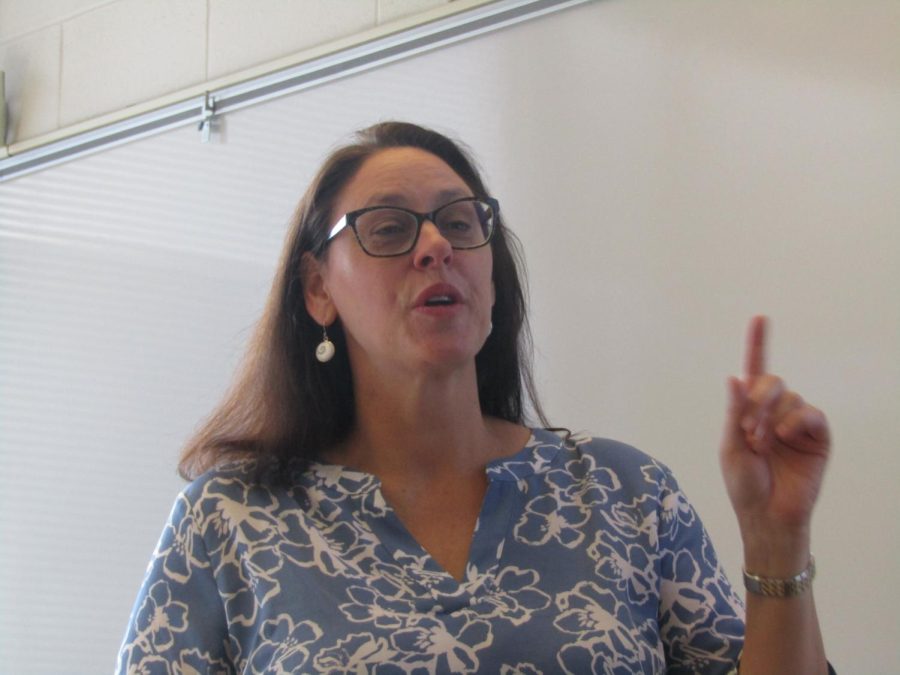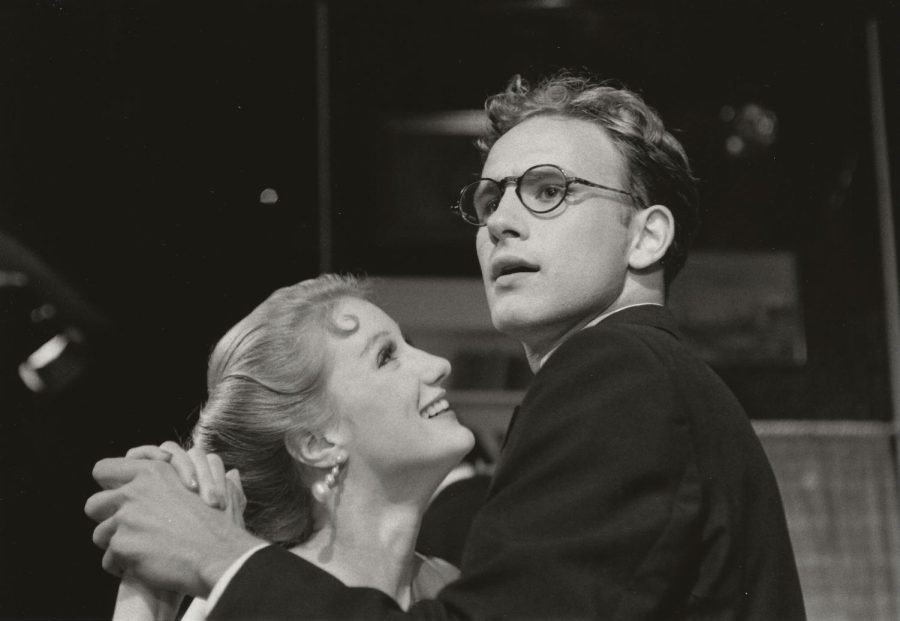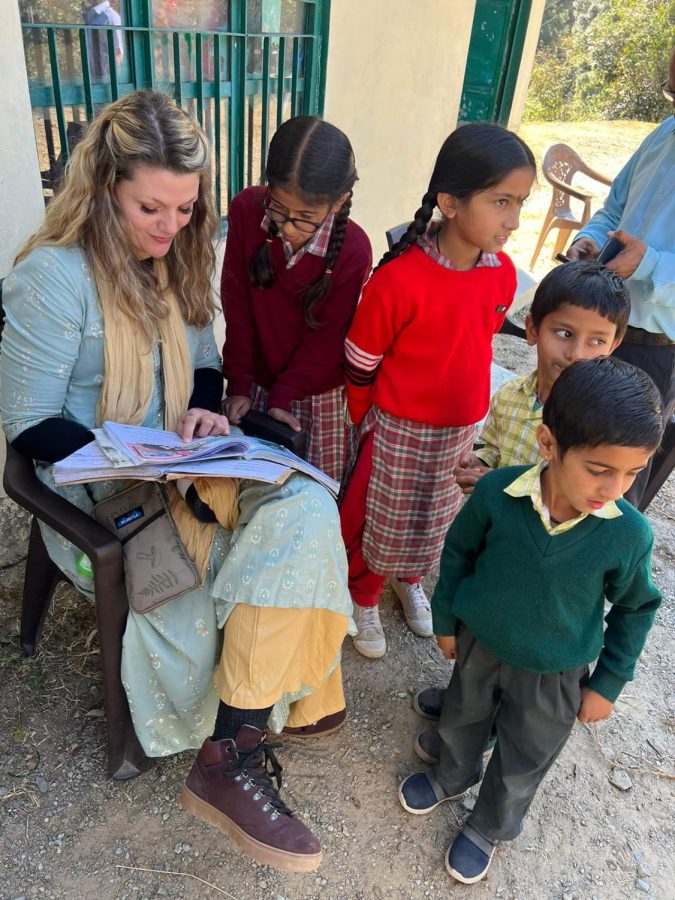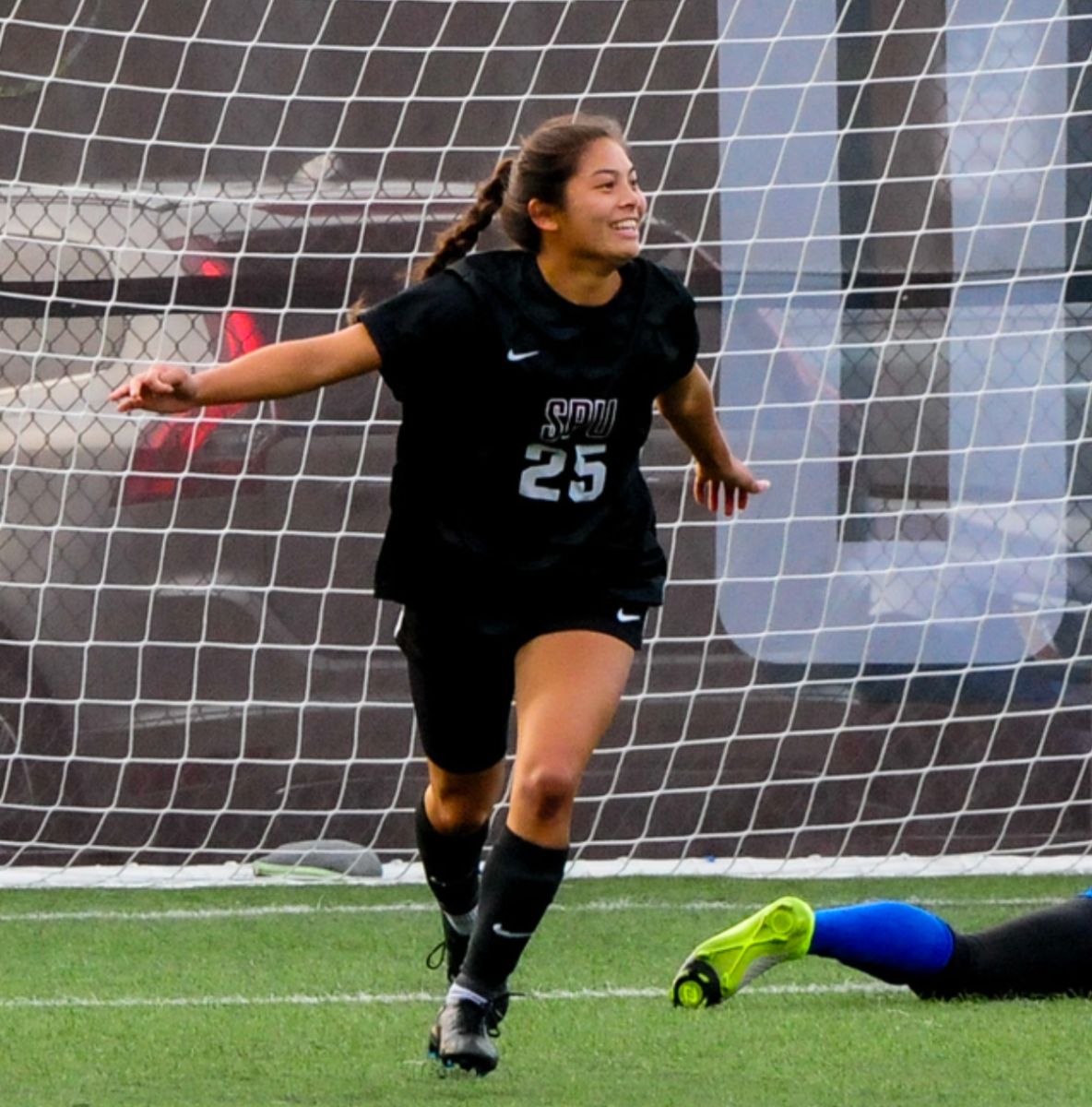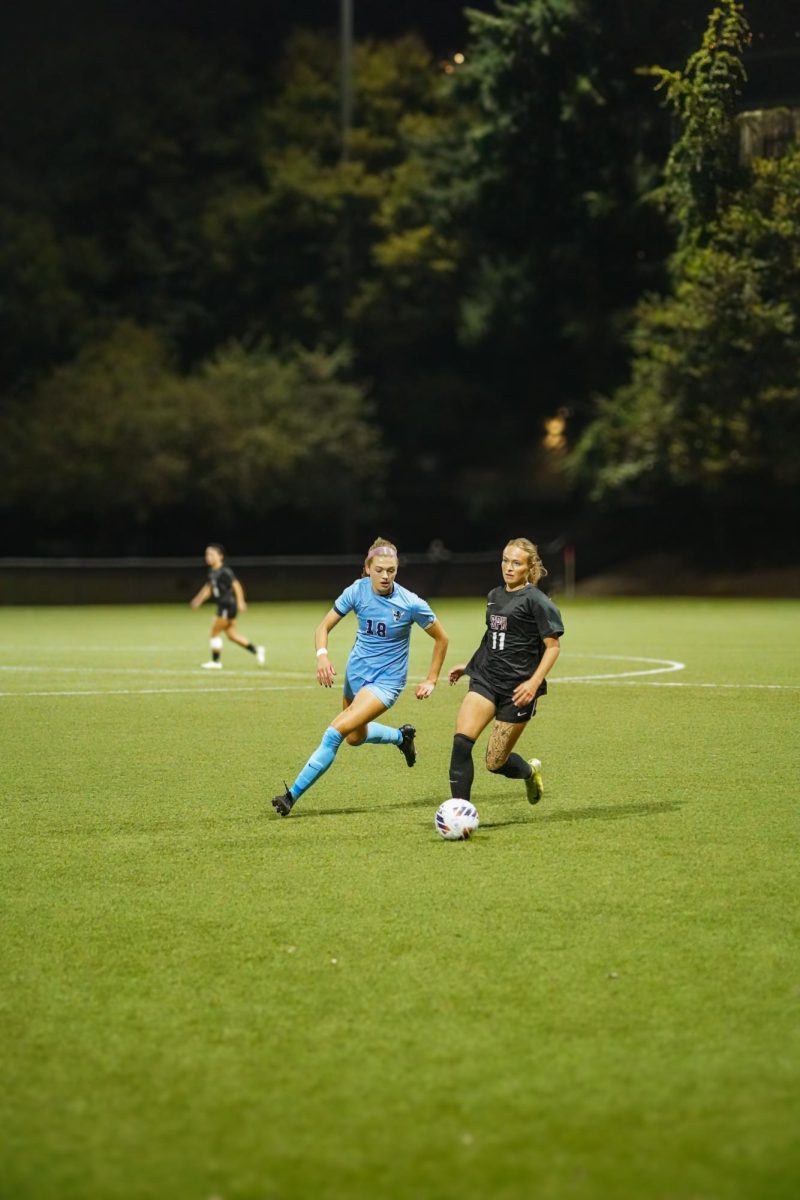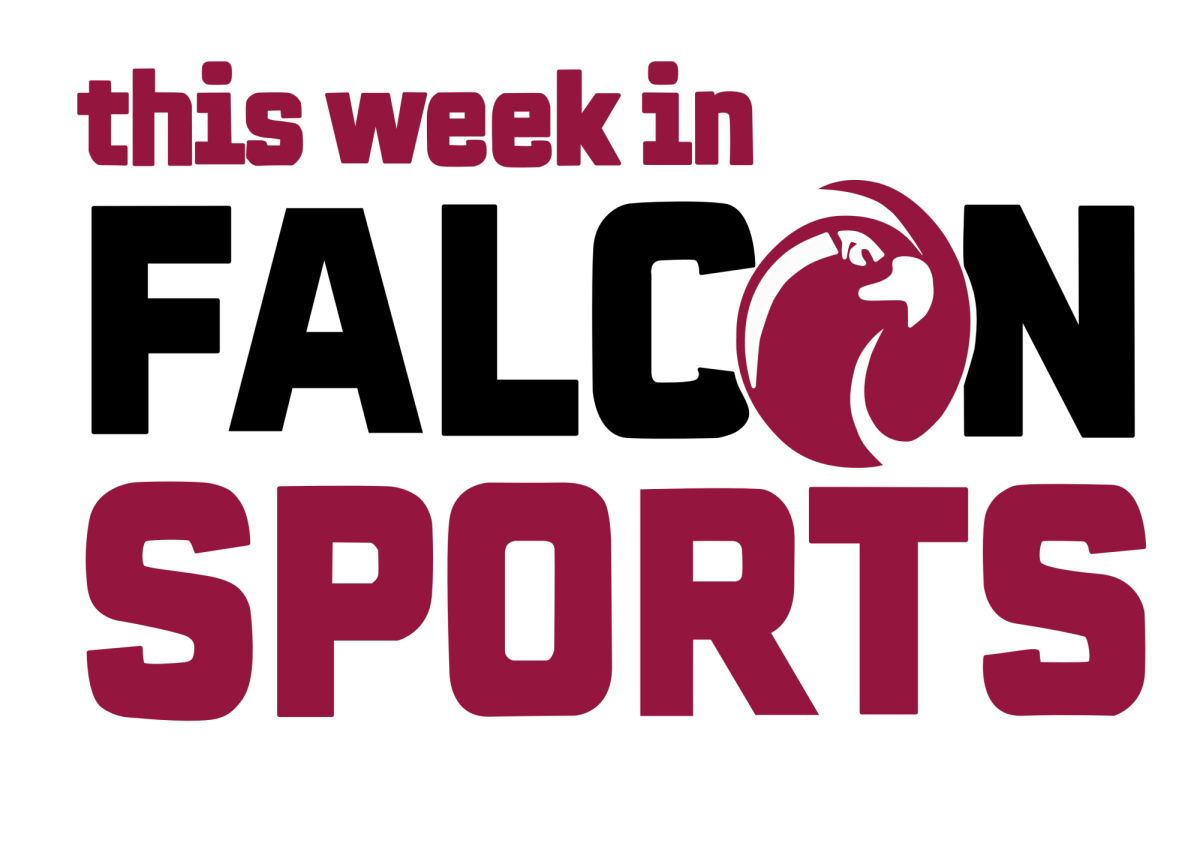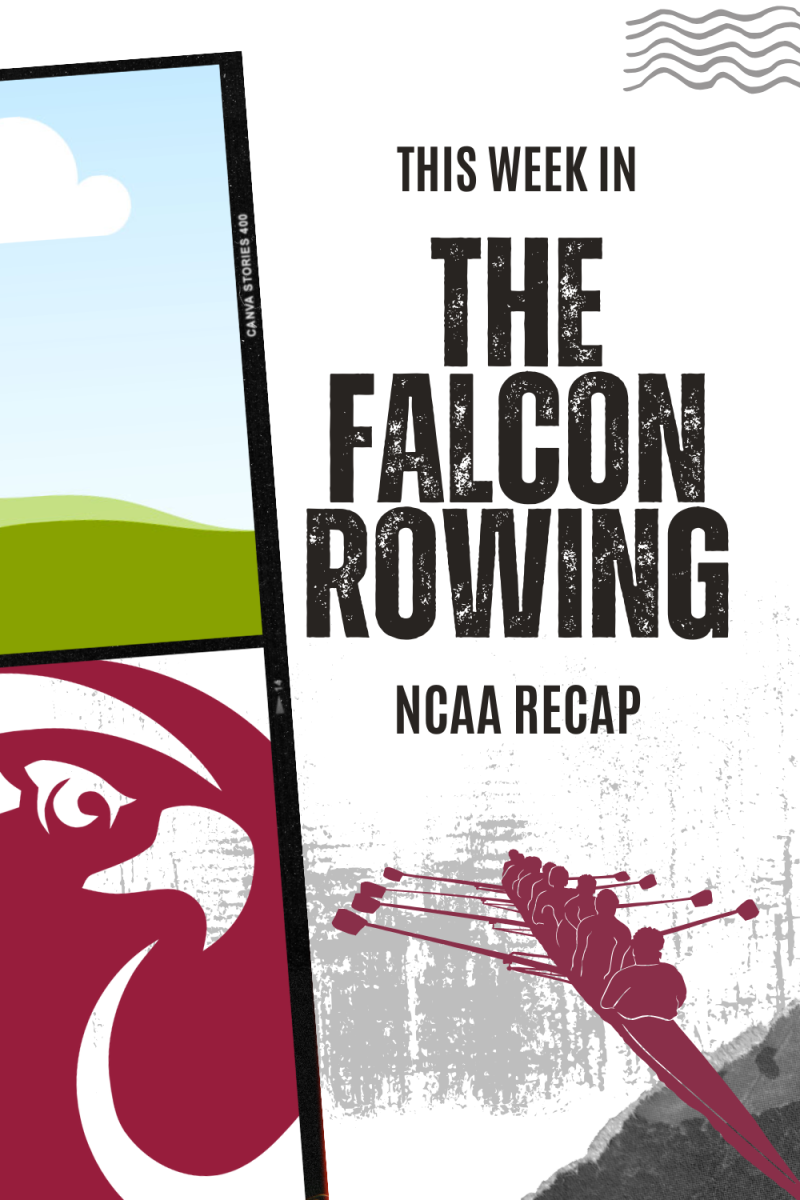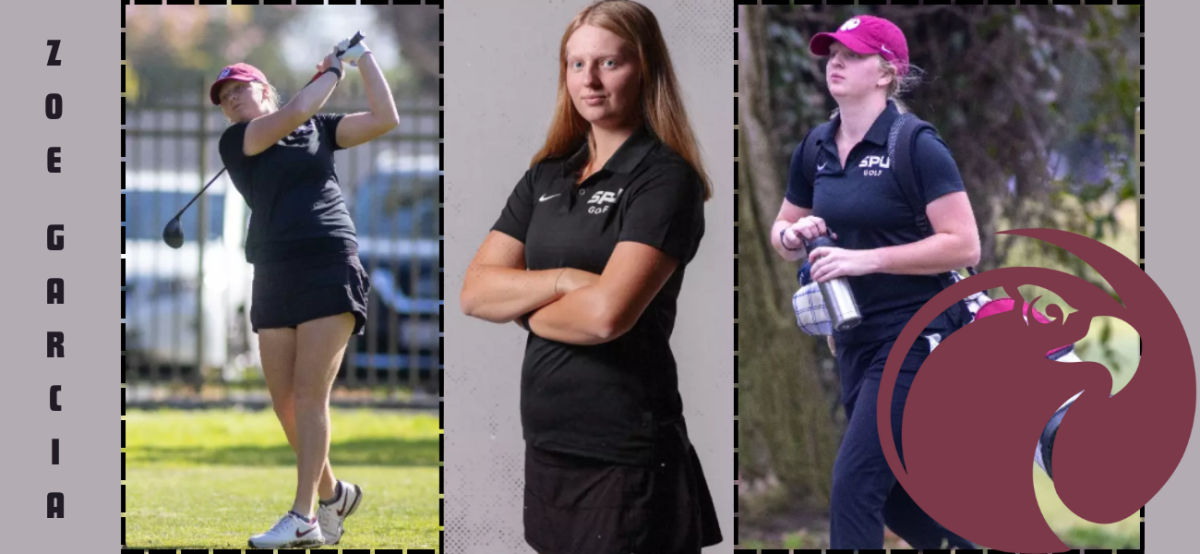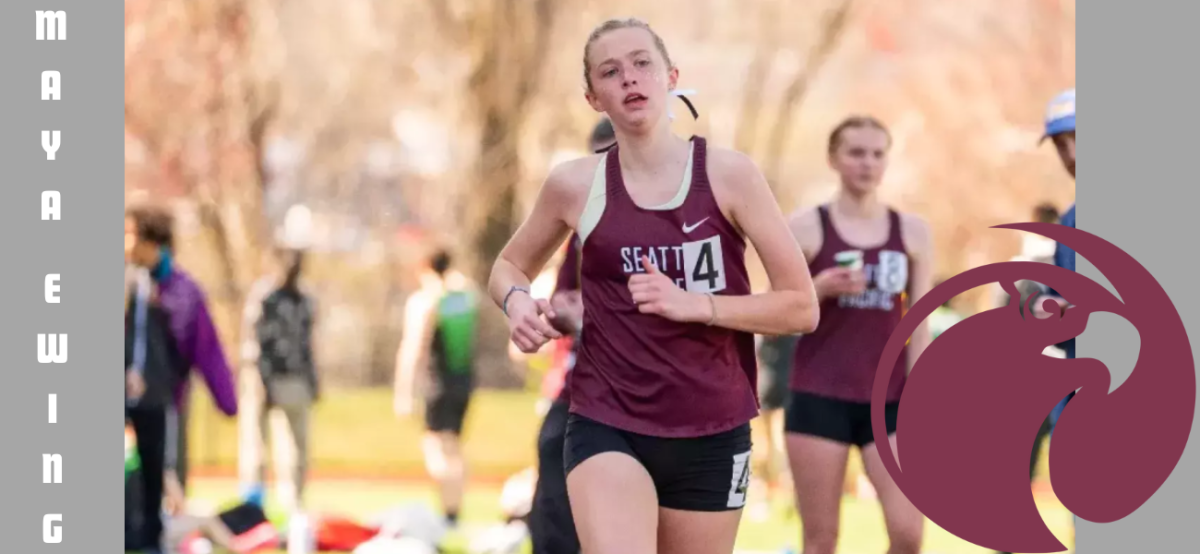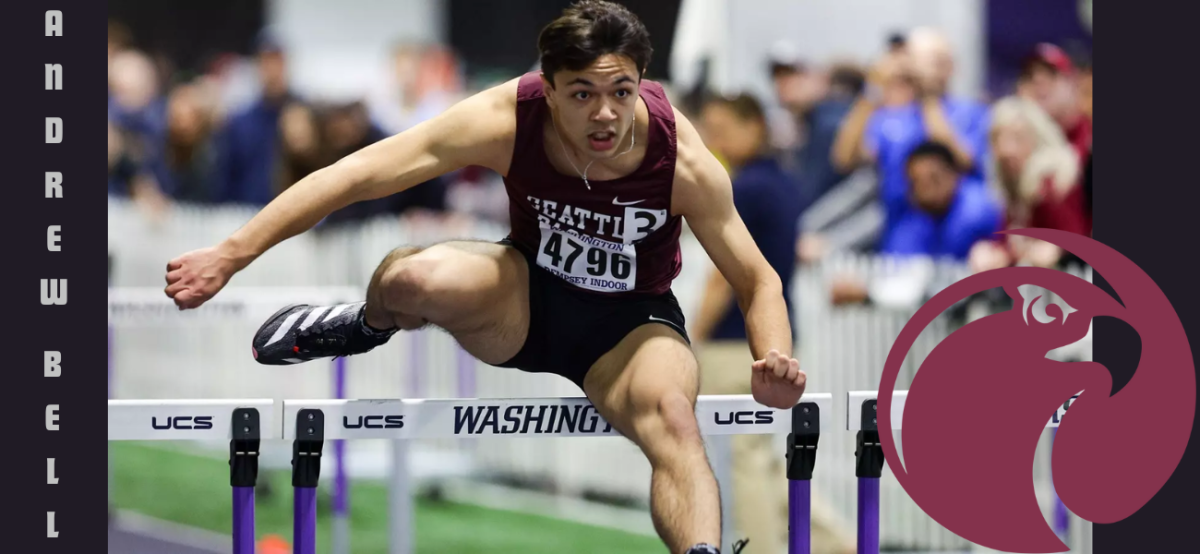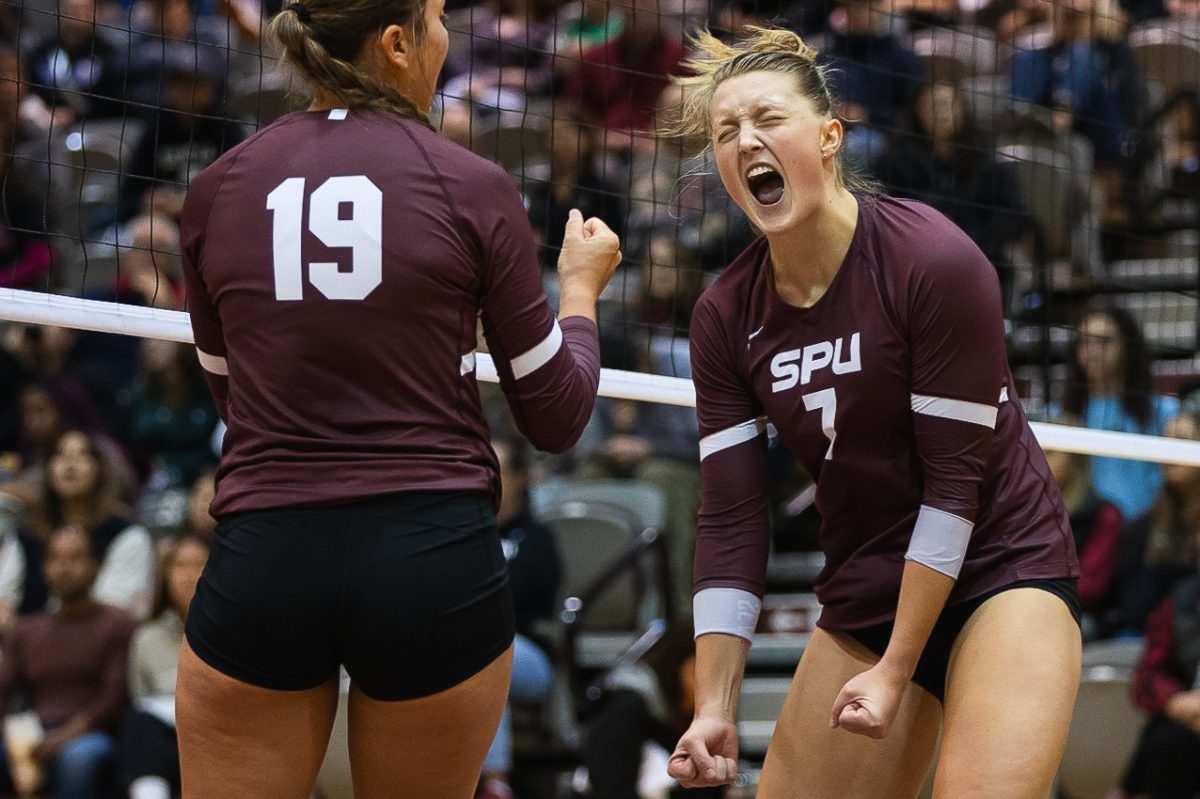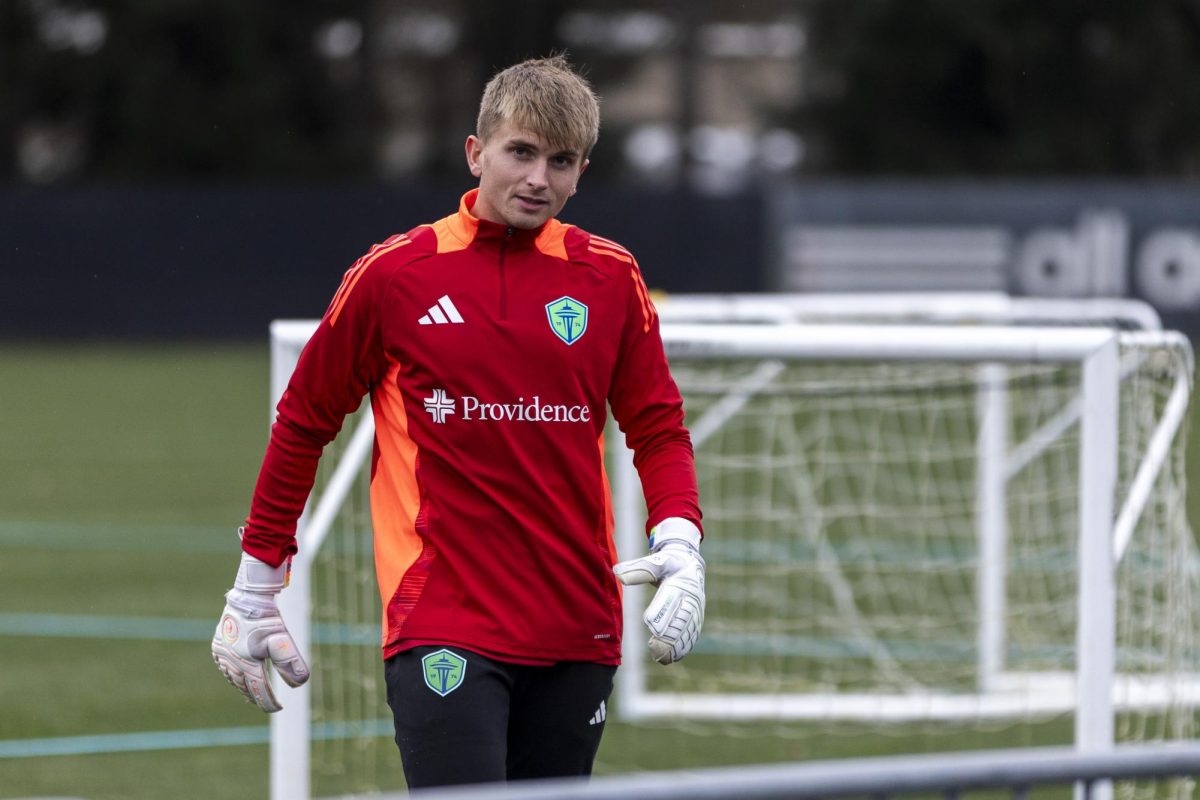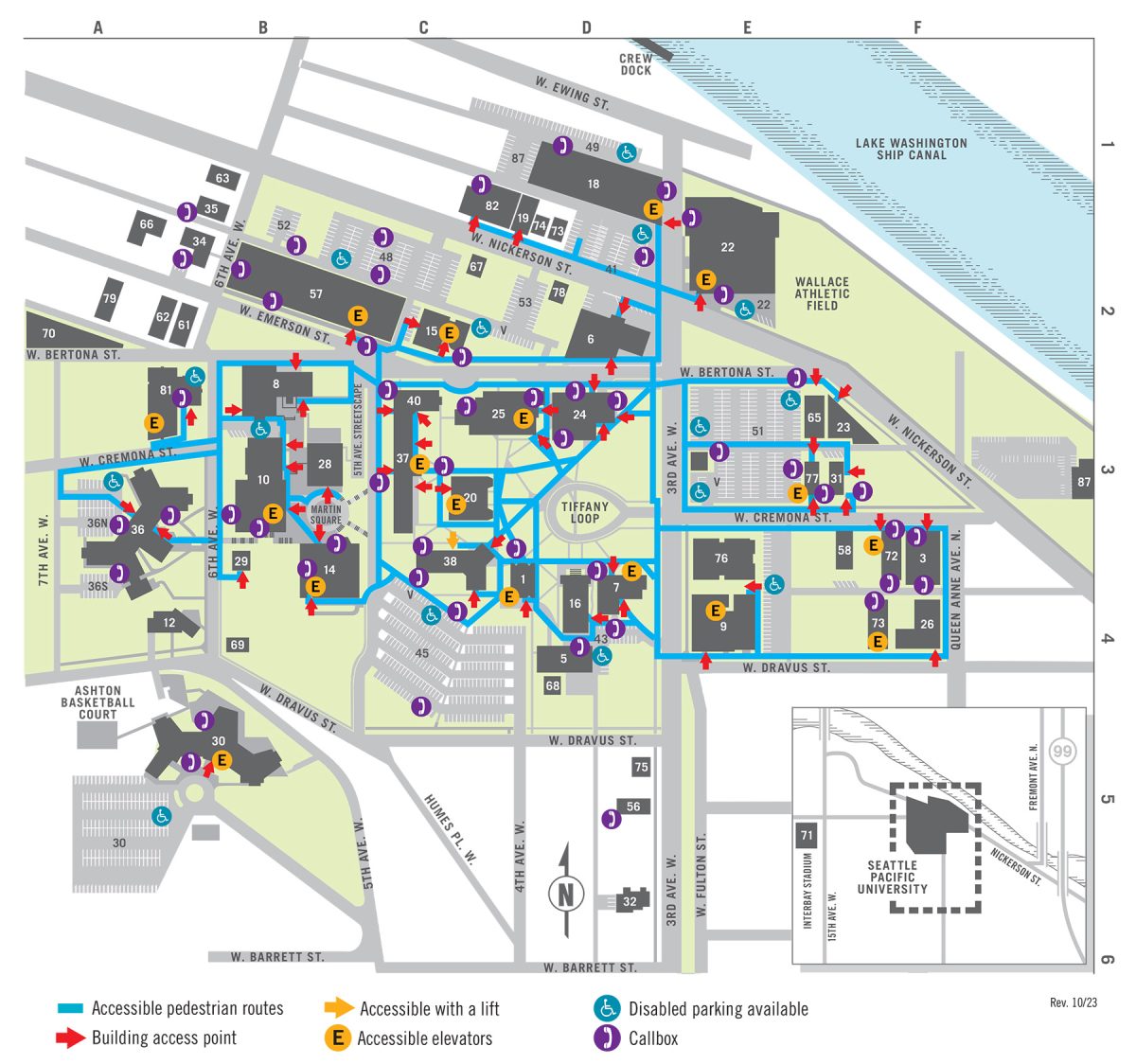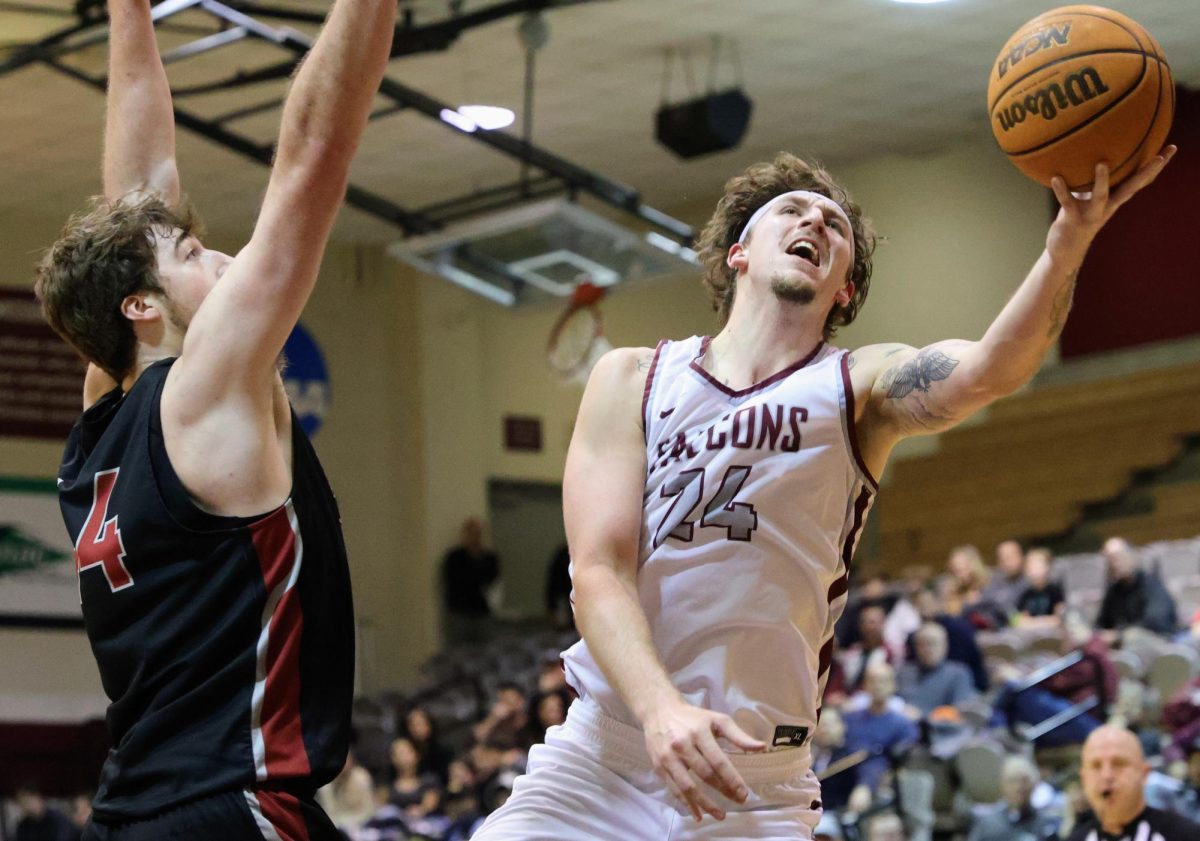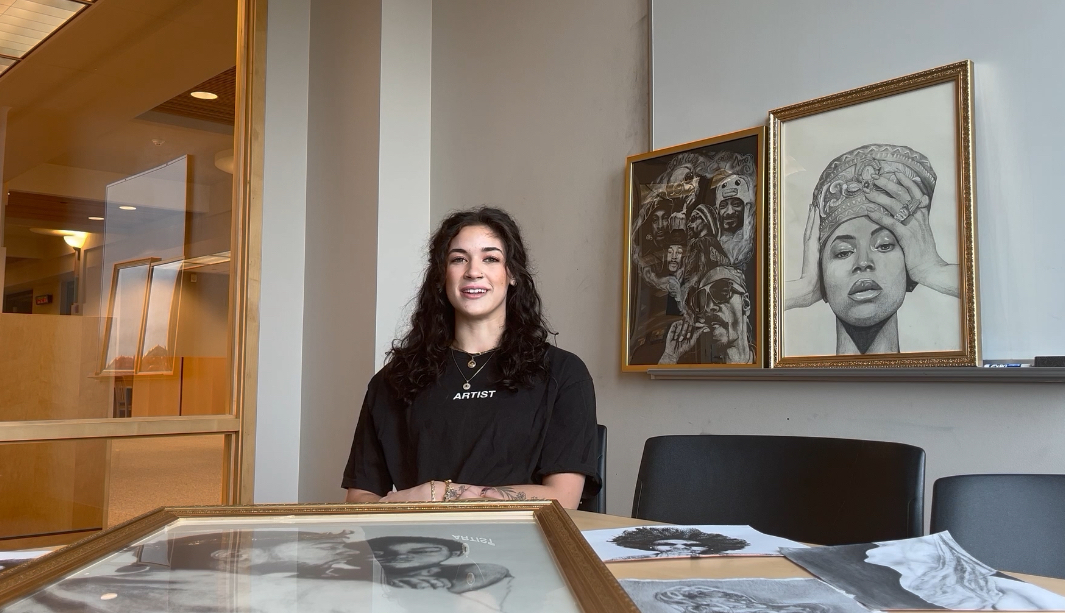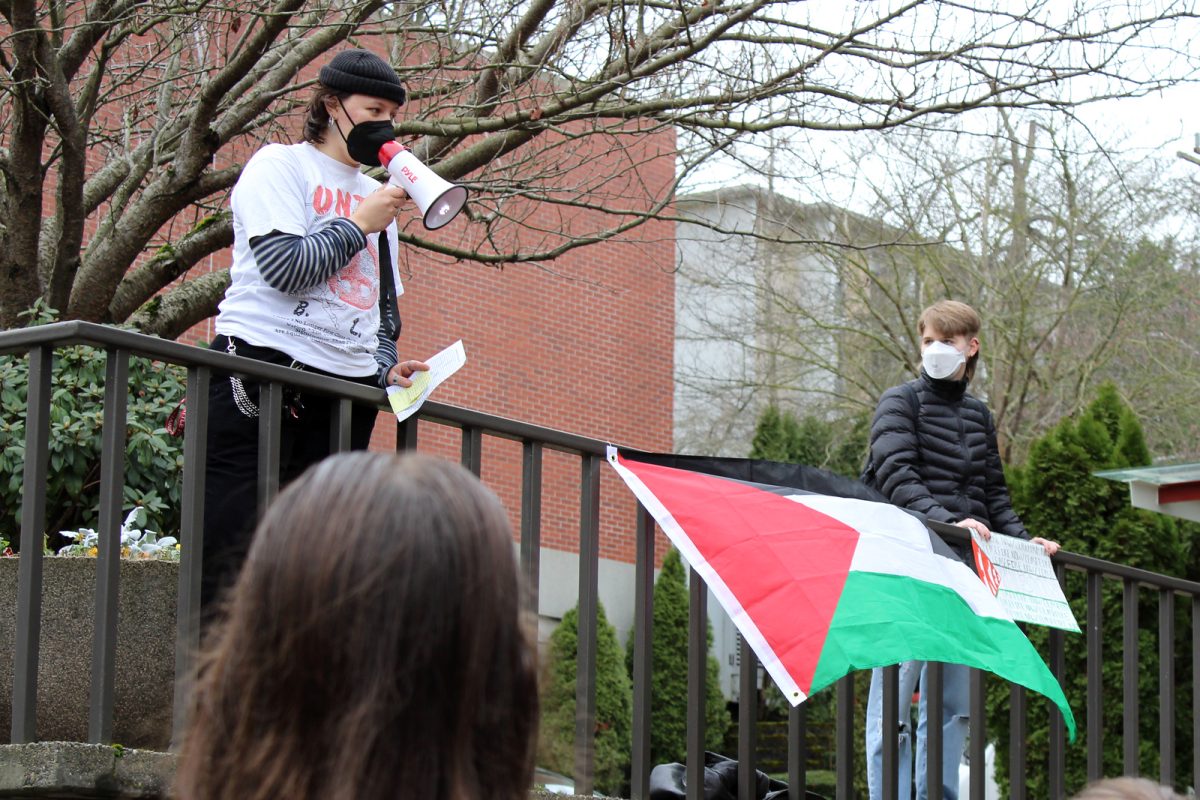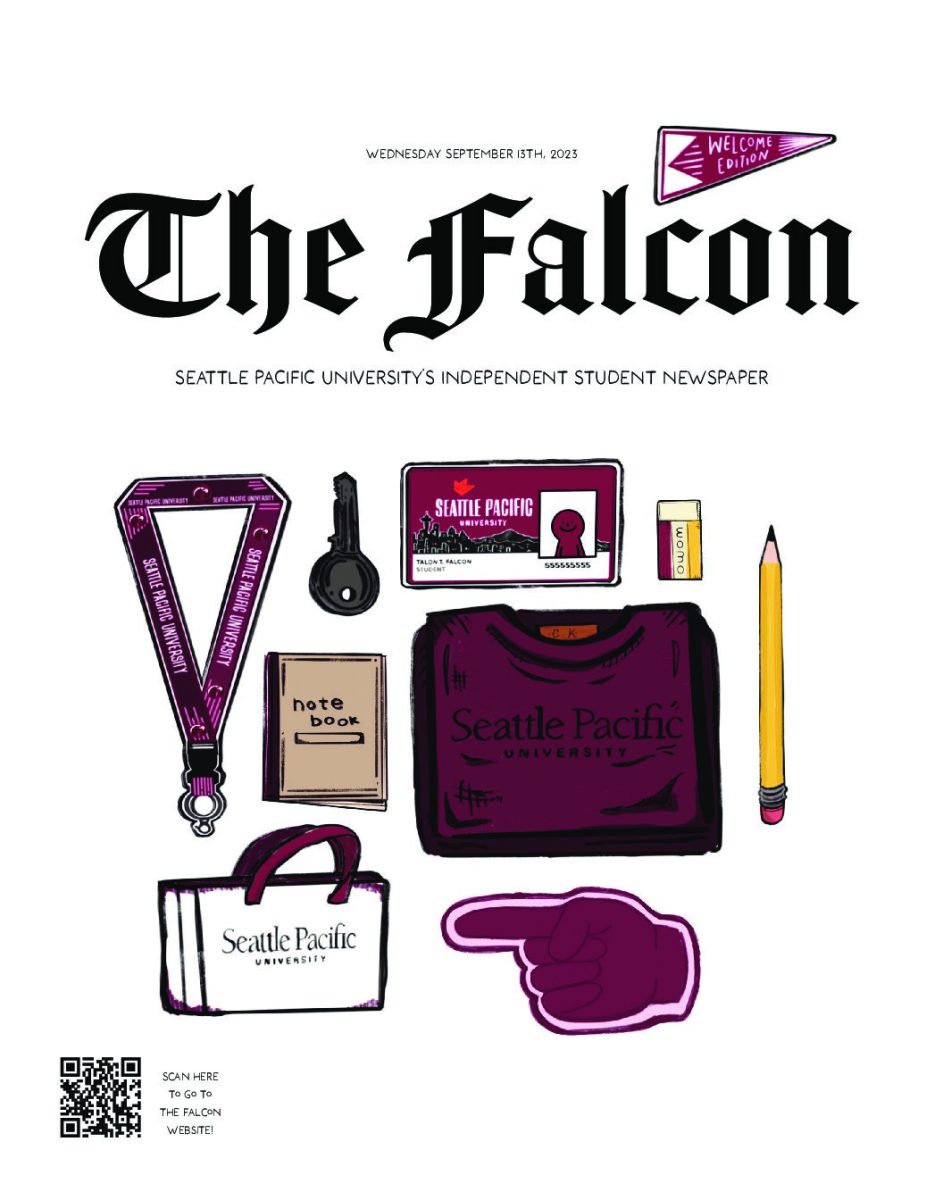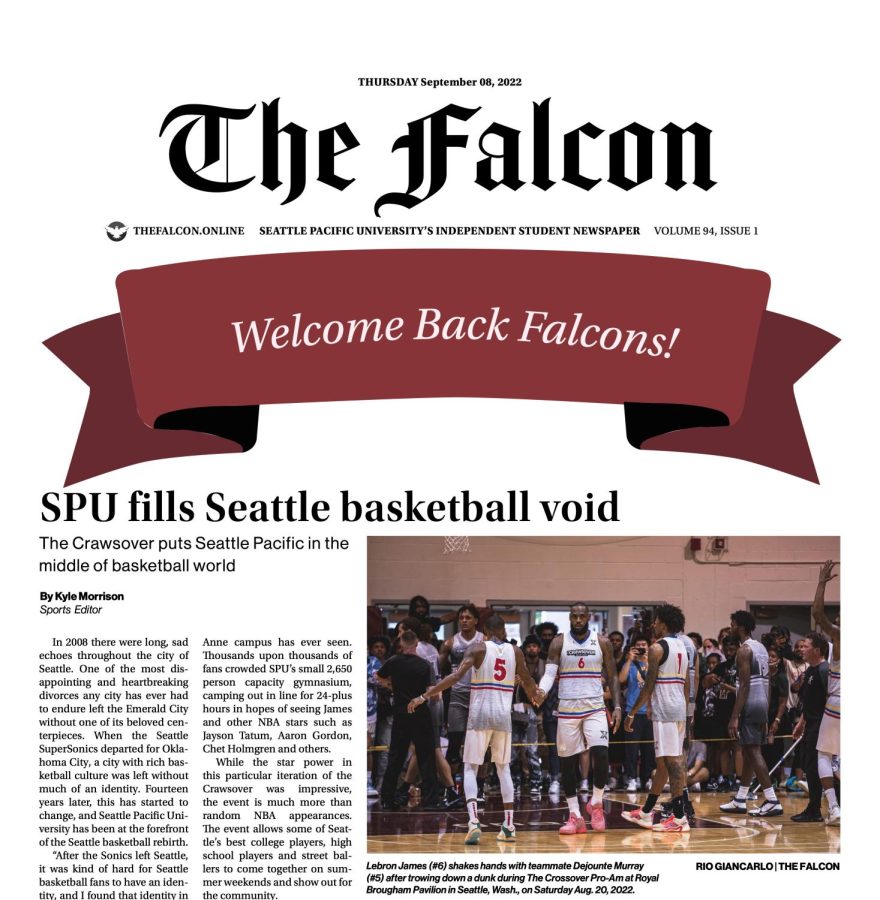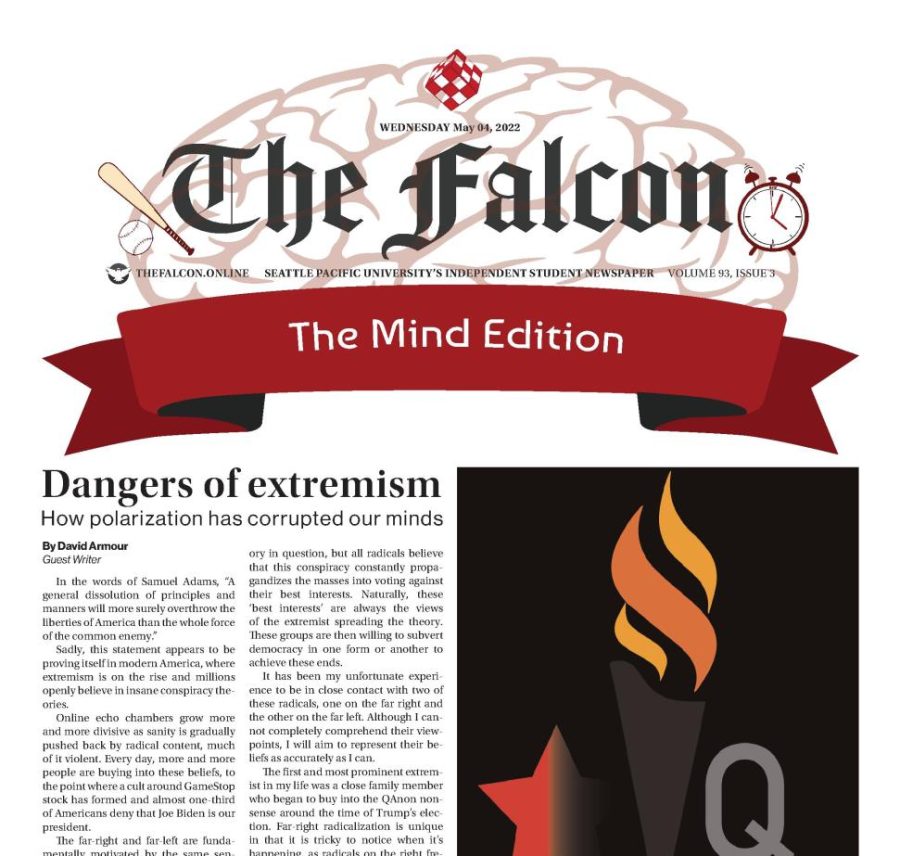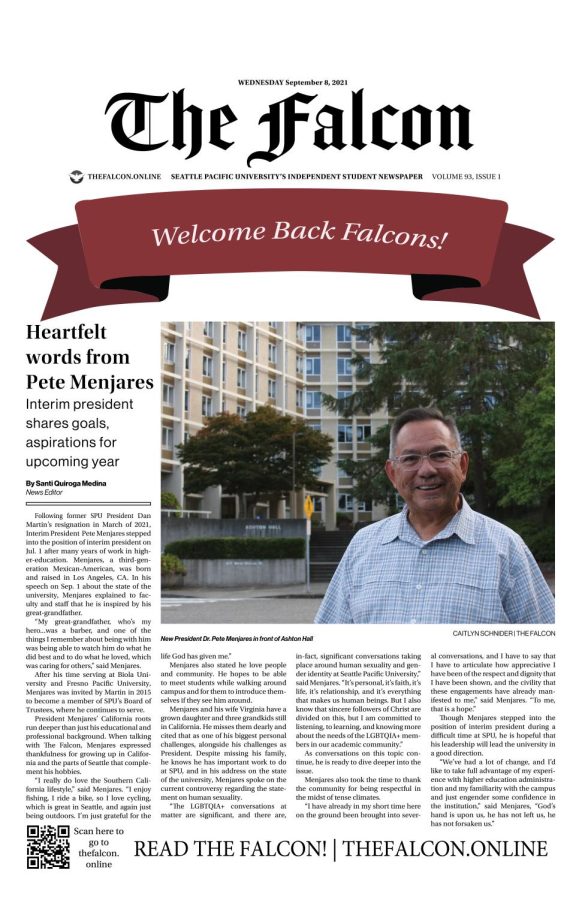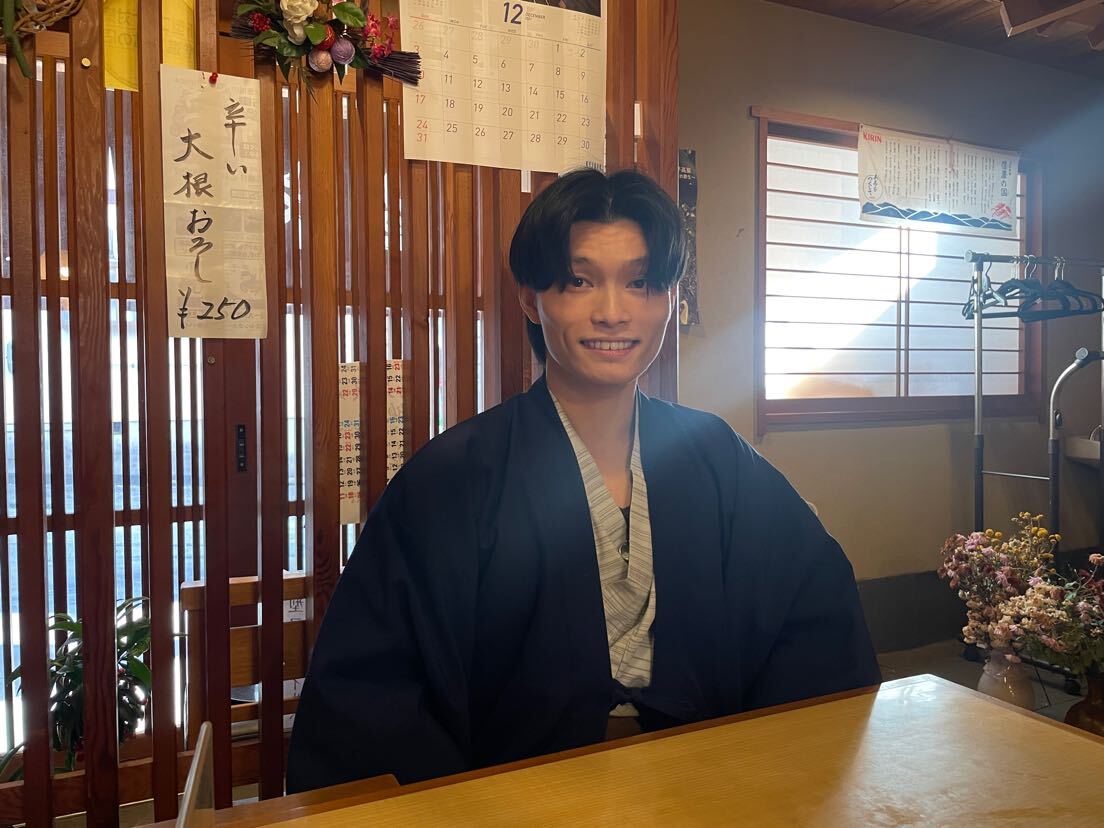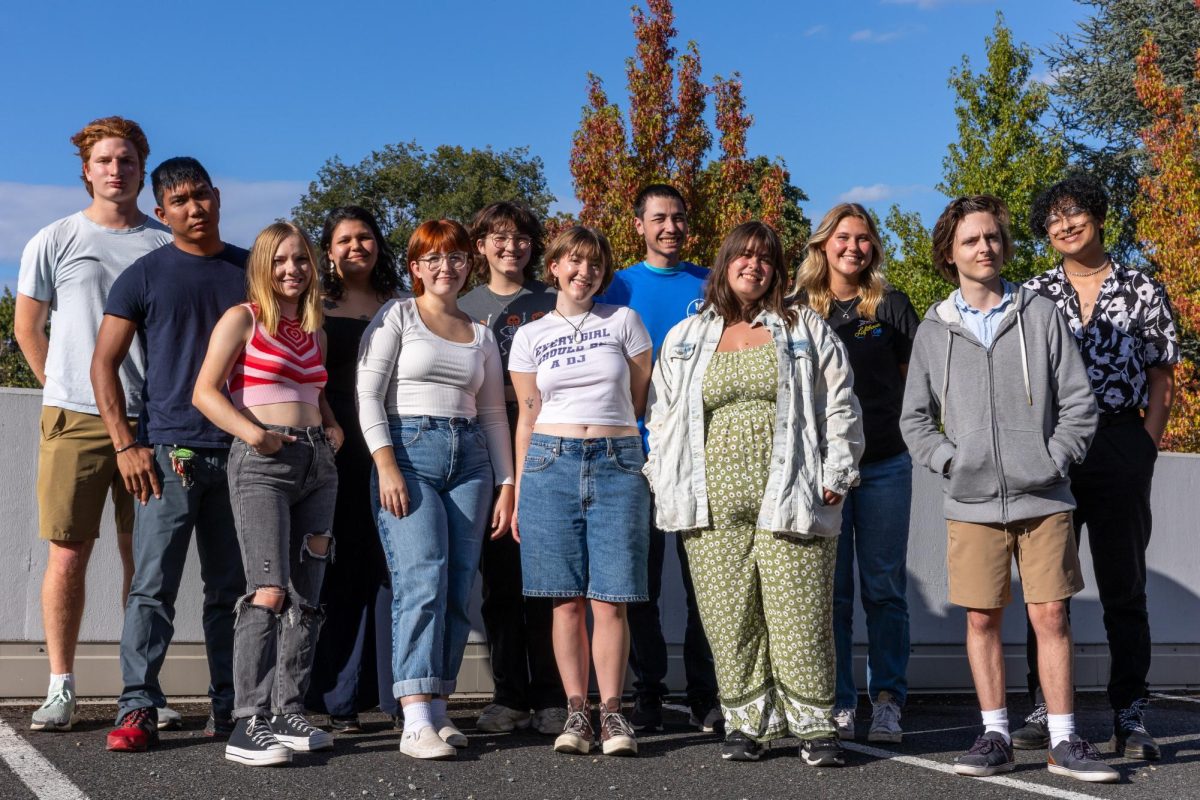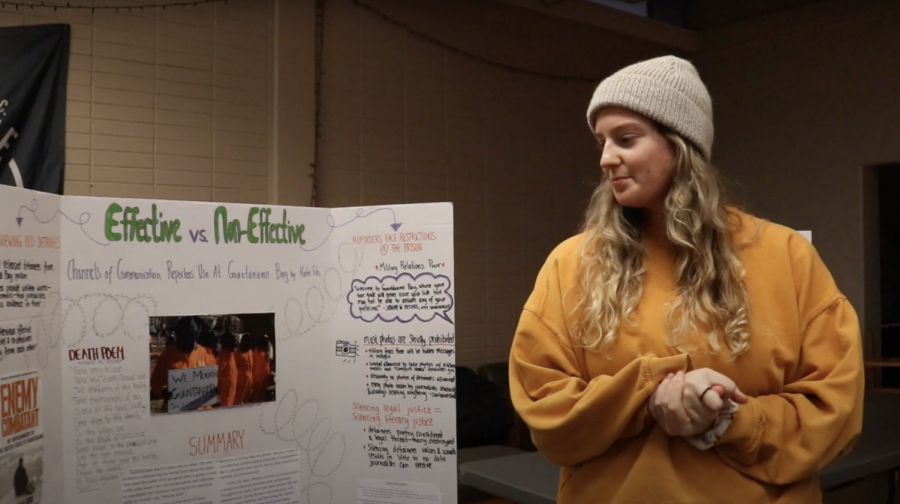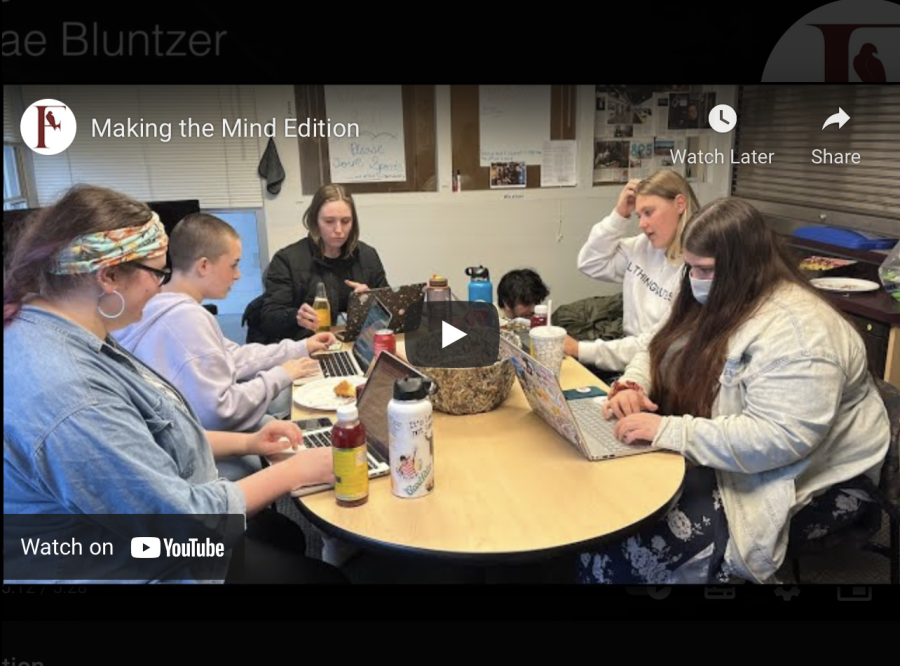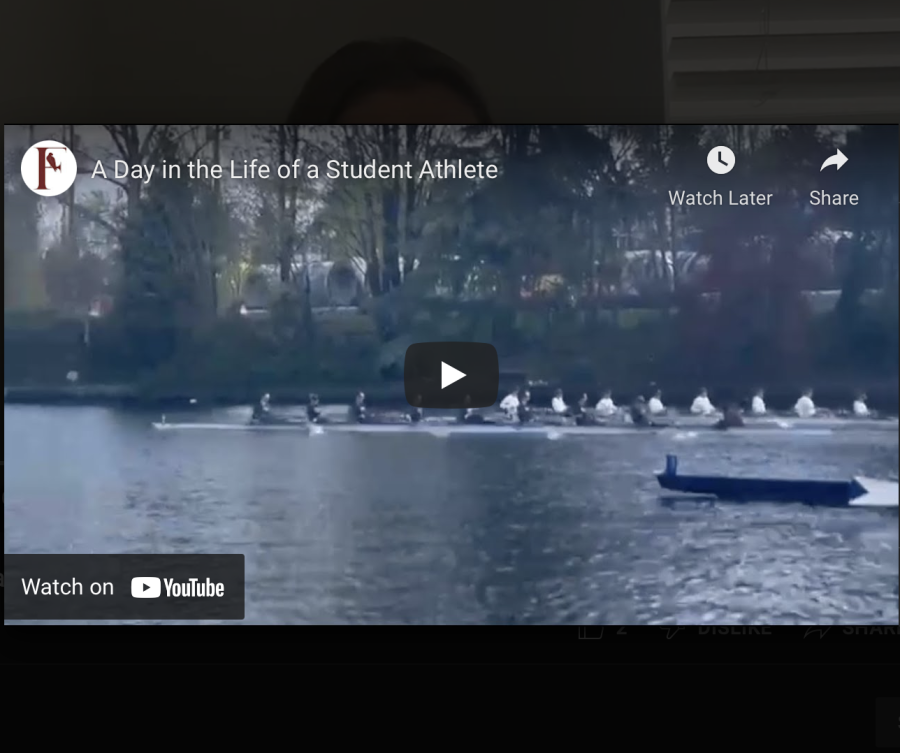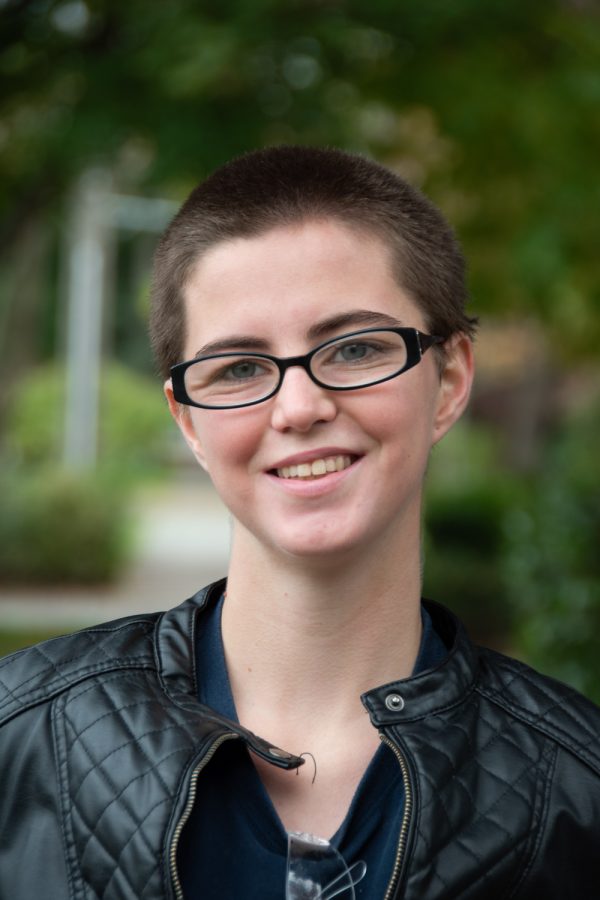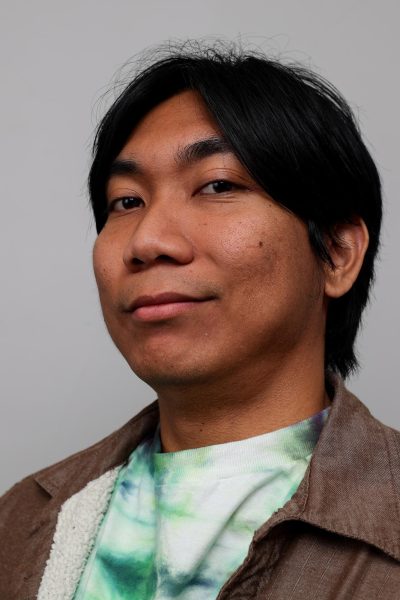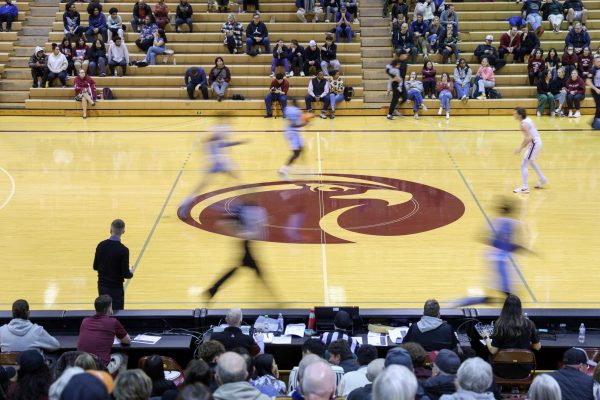
Of the many recent challenges faced by Seattle Pacific University’s administration and athletics department, a recent decision was announced on April 8 that SPU will no longer offer financial aid to student athletes exceeding the cost of tuition.
Dan Lepse, SPU athletics director, said in an email to SPU student athletes that this decision affects incoming and current athletes alike.
“The administration has allowed us to honor previous commitments by continuing to provide athletic funding above the cost of tuition for those student athletes whose aid packages currently surpass that level, but this agreement only applies to those student athletes who live on campus,” Lepse said. “[Students] currently receiving [aid] above the cost of tuition will need to reside in campus housing beginning in September to continue receiving that aid for the 2025-2026 academic year. The same applies to future years of eligibility; receipt of any athletic aid above the cost of tuition requires residence on campus.”
Seattle Pacific University President Deana Porterfield said the university’s continuously changing landscape led to this decision.
“We’ve gone back to the policies that we’ve had, and we’ve realized that in the last few years, some of those policies were not being held to,” Porterfield said. “We’ve got to live within the policies that we have placed and put those into effect.”
Reviewing old and new policies, Portfield and the board decided to refocus where and how resources are allocated to better reflect the current state of SPU’s campus and SPU athletics.
“We’ve made a commitment that we would hold to the packaging that they have,” Porterfield said. “We’re working through what that looks like. It’s a smaller group than not, but we’re trying to honor what we can so that we’re not taking resources away, but how those resources are allocated needs to look a little bit different. I wouldn’t say it’s taking away. It probably feels that way to some of the athletes, so we’re just investigating that.”
Portfield said the rebalance is something that she and the rest of the upper administration will continue to learn and reconfigure according to what is best for the student athletes, the athletic department and the university. She explained that every decision is not only made with SPU in mind but also in consideration of the greater Division II and NCAA policies.
“I’d love to remain a DII school, but there is a lot of legislation happening right now nationally,” Porterfield said. “Last week, [for example], there was a hearing related to athletes as employees. There’s a lot out there happening around the new legislation and the new leadership, and we have to make it make sense, too. To what that is, I don’t know what that would mean.”
Keeping to the employee example, Portfield described the different challenges such a change would pose to SPU and how it structures scholarships.
“If an athlete became an employee, does that mean health care, benefits and all those pieces?” Portfield said. “That’s going to change how scholarships look and how we [operate] athletics. A lot of this is driven by Division I, but it impacts DII and Division III. I’m watching that closely, but to this point, we’ve really tried to stay committed.”
Porterfield explained the situation further.
“We were one of the first leading Christian universities to go into DII,” Porterfield said. “Many stayed at NAIA or went DIII, and we’ve really tried to stay at a scholarship level, but there’s tension in DII. Because we’re not D1, we’re [don’t have] the big advertising packages, and we’re not designed to scholarship that way, yet we get very competitive athletes that want to be here and be successful. The theme for NCAA Division II is ‘Make it yours,’ and it’s about being a scholar athlete as well, so we’re gonna scholarship in that way.”
Despite the university’s best intentions, the announcement has prompted multiple student athletes to enter the transfer portal, as they feel their scholarships are threatened.
The sport most notably affected is men’s basketball, with four of the team’s 14 returning roster members expected to transfer. Other teams possess younger rosters, with most of the players living in on-campus dorms or housing.

